4 October 1992
6:35 pm. Thirty years after the moment of impact. The impact zone is now a shallow rectangular pond.
“Toen het nacht was kwam de maan”
De boom die alles zag (The tree that saw everything).
6:35 pm. Thirty years after the moment of impact. The impact zone is now a shallow rectangular pond.
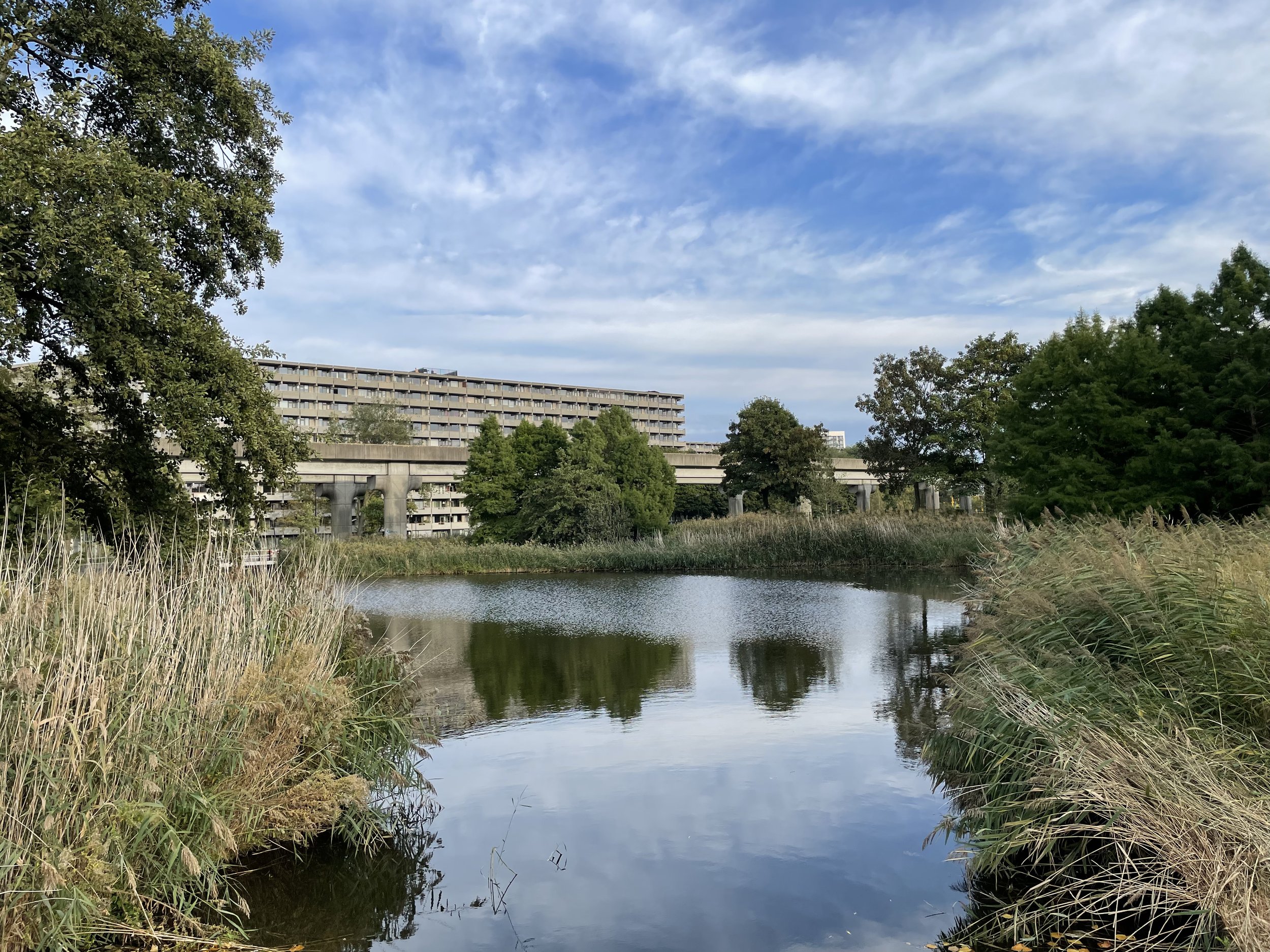
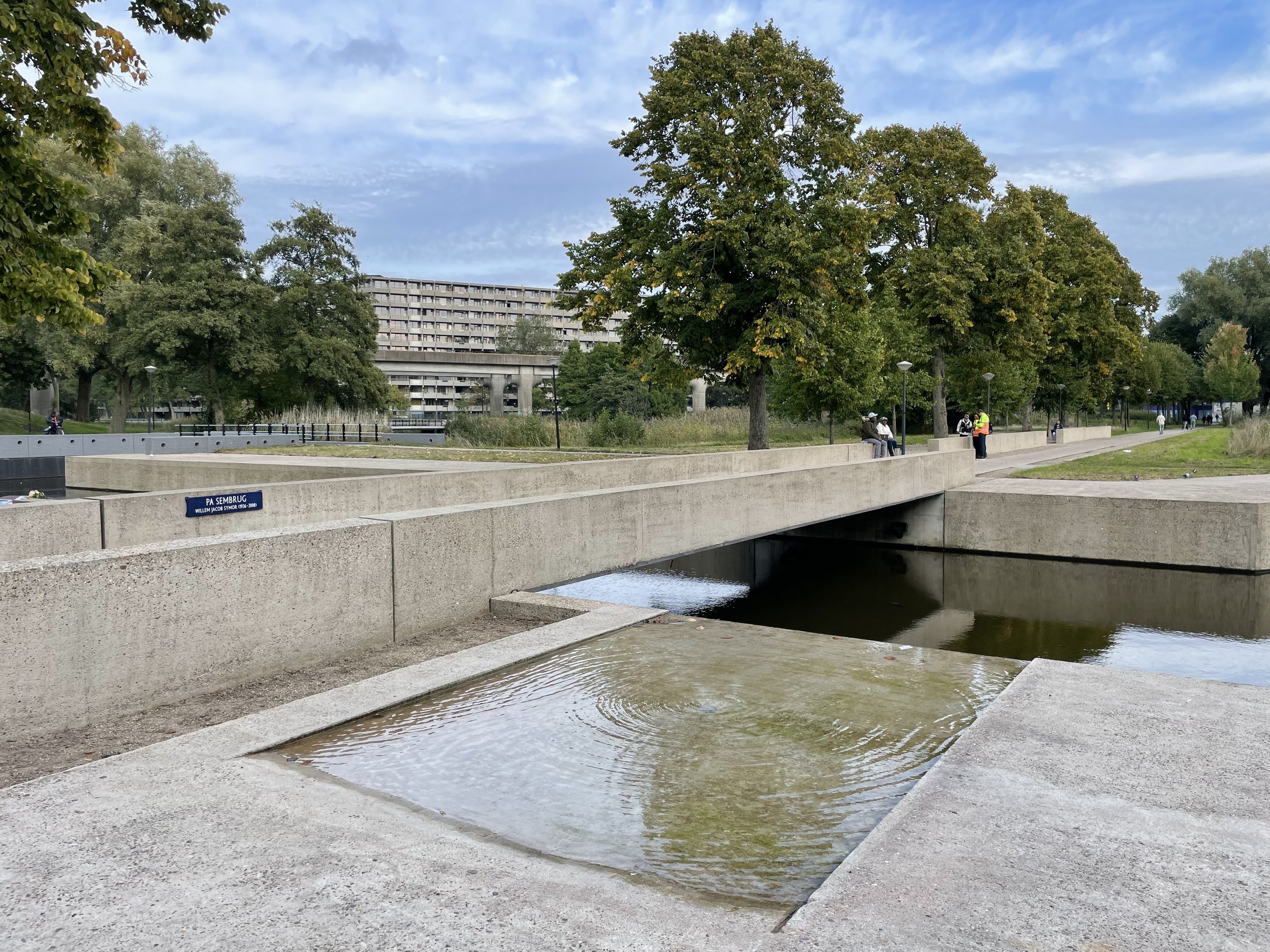



“Toen het nacht was kwam de maan”
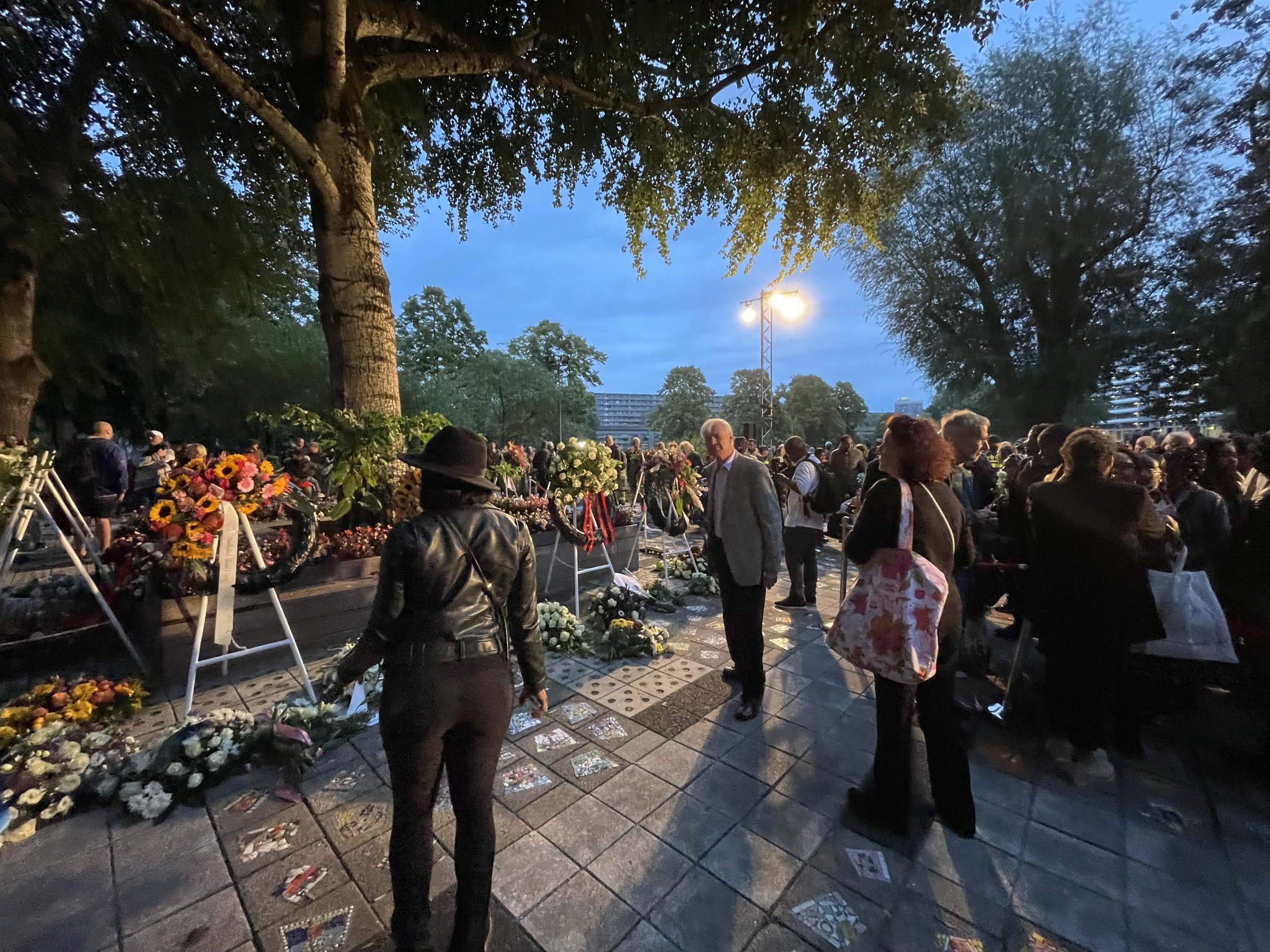
De boom die alles zag (The tree that saw everything).

Stadtansicht Essen in 1890. Fotoarchiv Ruhr Museum / Anton Meinholz
I was too busy at work to take a summer holiday. I made the most of the weekends and spent my summer cycling in Germany, mostly in the Ruhrgebiet, but also closer to my father’s home in Münsterland and nature park Hohe Mark. I lived my life like a nomad, driving to greener pastures each weekend. It was a summer of sweltering temperatures, often well above 30 degrees Celsius, which I love. The uneasy question remains: was this ‘just my luck’ or the new normal? This summer was the hottest on record in Europe. This will be a tale of good food, ice cold drinks, dusty cycling paths, a thread of loneliness weaved through each passing month, and a feeling of eternity.

River Ruhr.
One of the first weekends of cycling in May I cycled from The Henrichshütte Ironworks Hattingen to Witten along the Ruhr and then to the most southern part of the Route der Industriekultur in the Bergisches Land. This was the origin of the Ruhrgebiet as an industrial area with the start of coal mining in the 16th century, although even before this, the Bergisches Land had profited from its hilly nature. Water power gave birth to an early industrie.
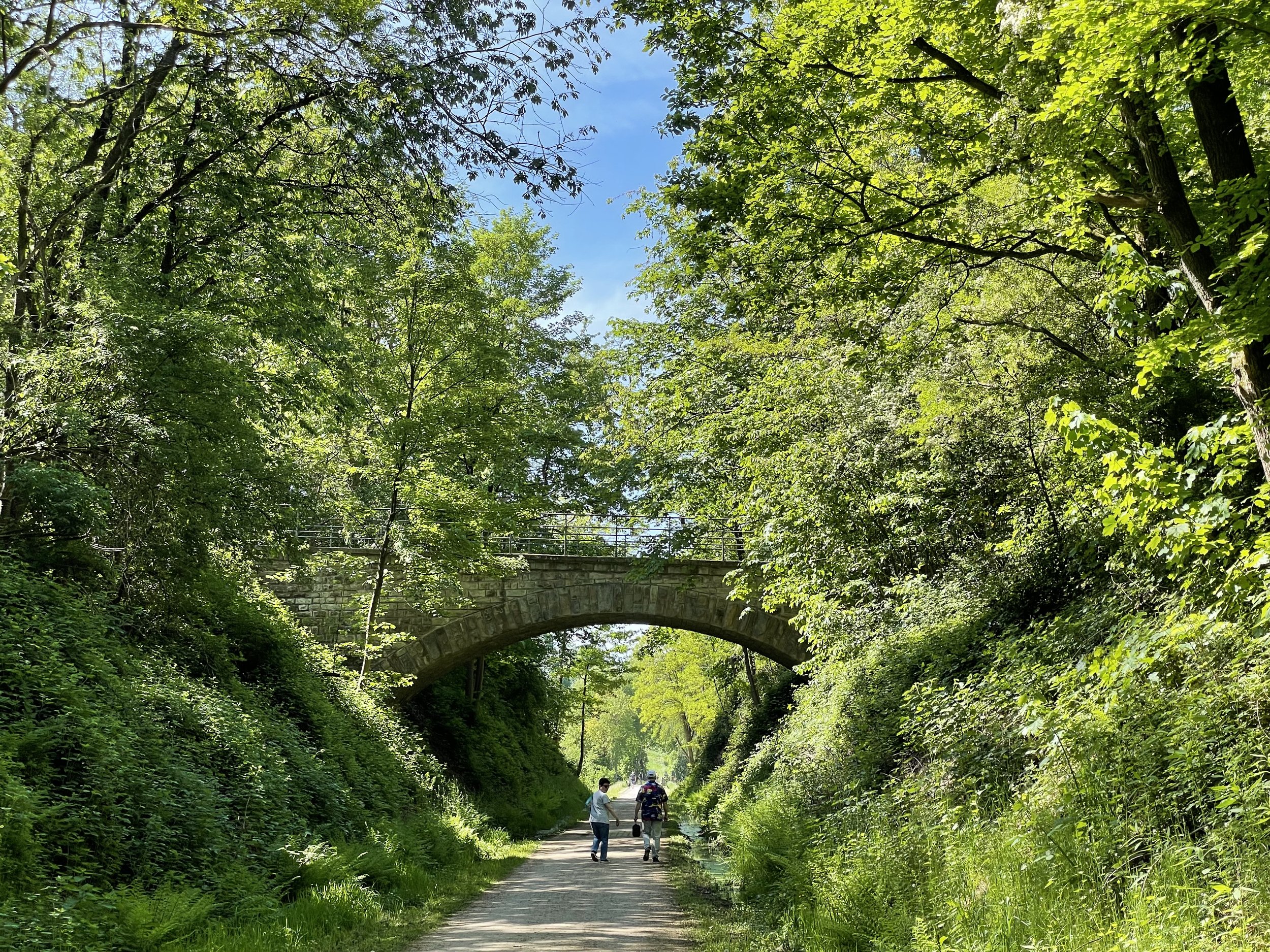
Cycling path on an abandoned railway track.
The photo below might look like an ordinary forest but has great historical significance. Due to geological circumstances a layer of coal was exposed to the surface. The early Industry in this area benefited from this exposed coal as early as the 16th century. Centuries later the industry moved north when new layers of coal were discovered and water power was not needed anymore,
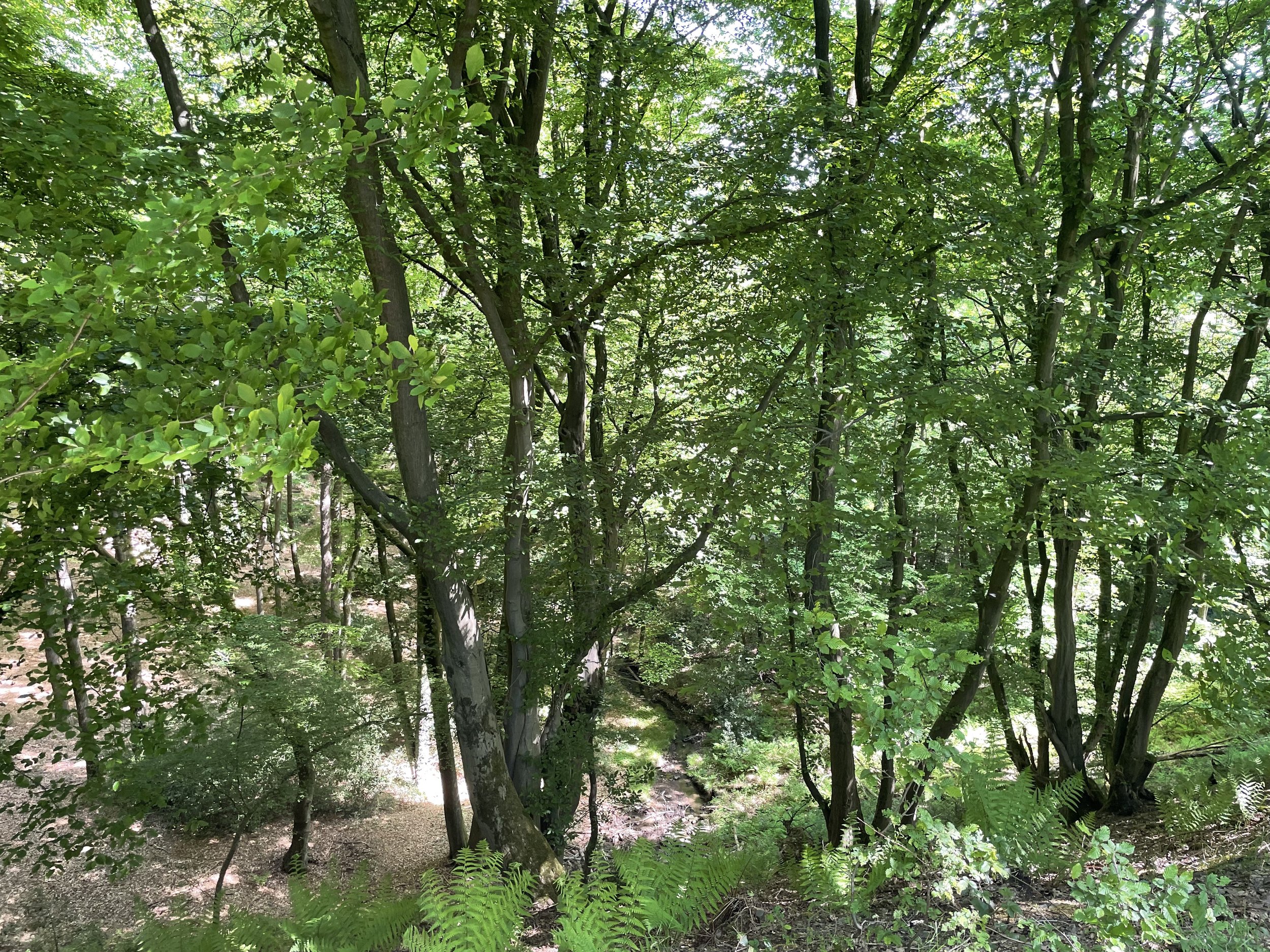
Sprockhöveler Bach
Next up was Zeche Zollverein as a starting point. The area south of the Rhein-Herne-Kanal, and its parallel river Emscher, and north of the Ruhr is the heart of the Ruhrgebiet.
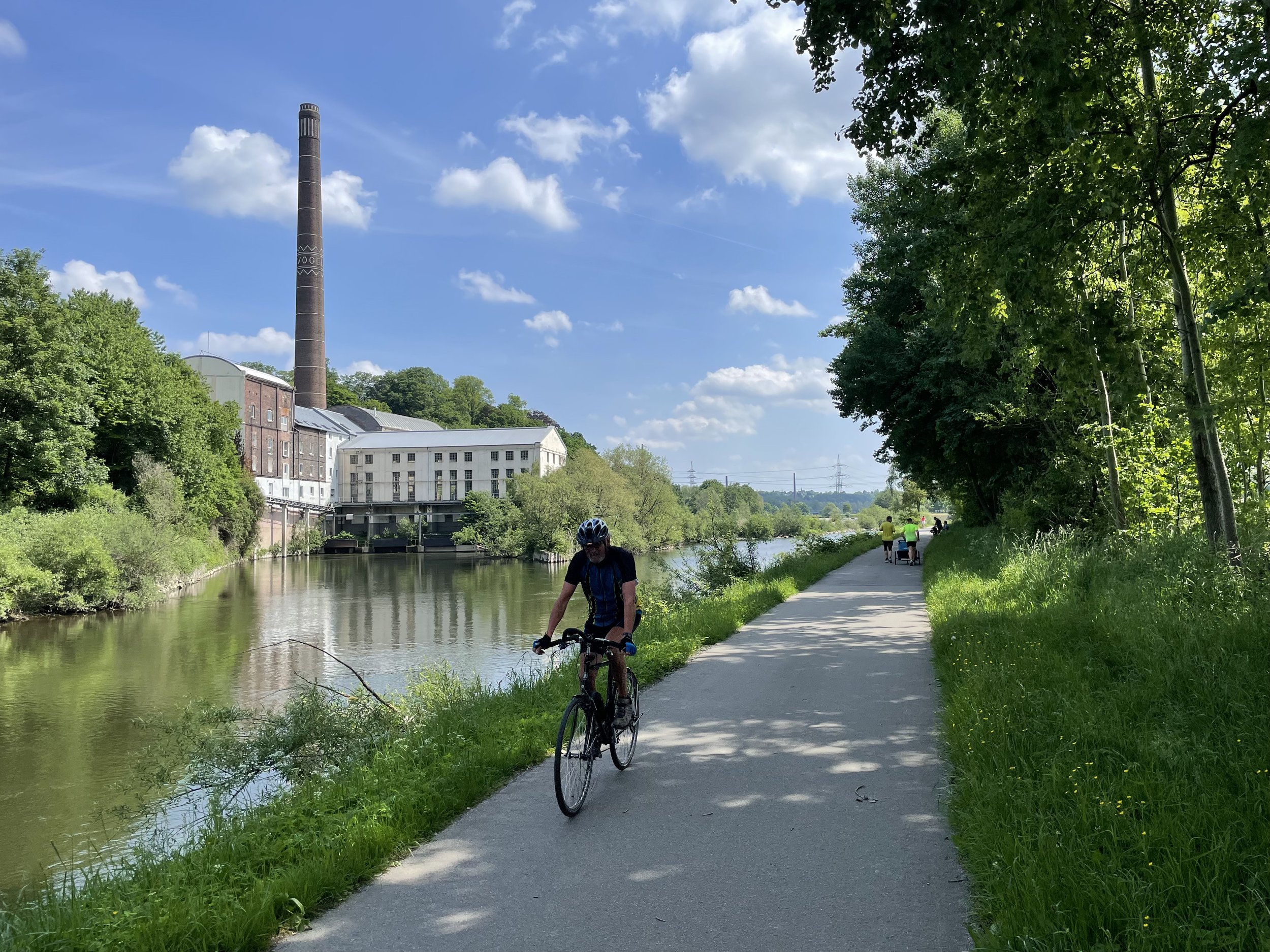
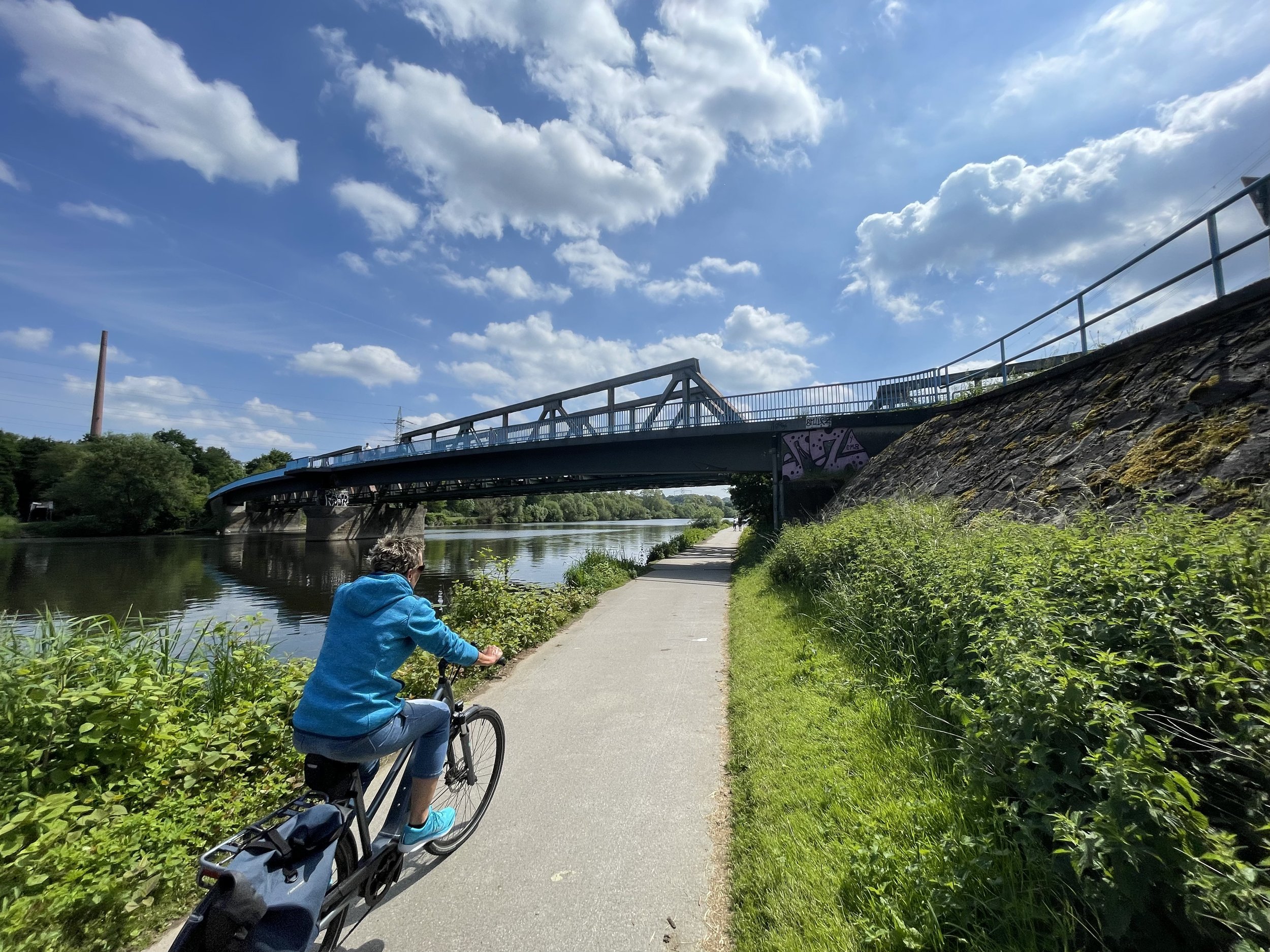
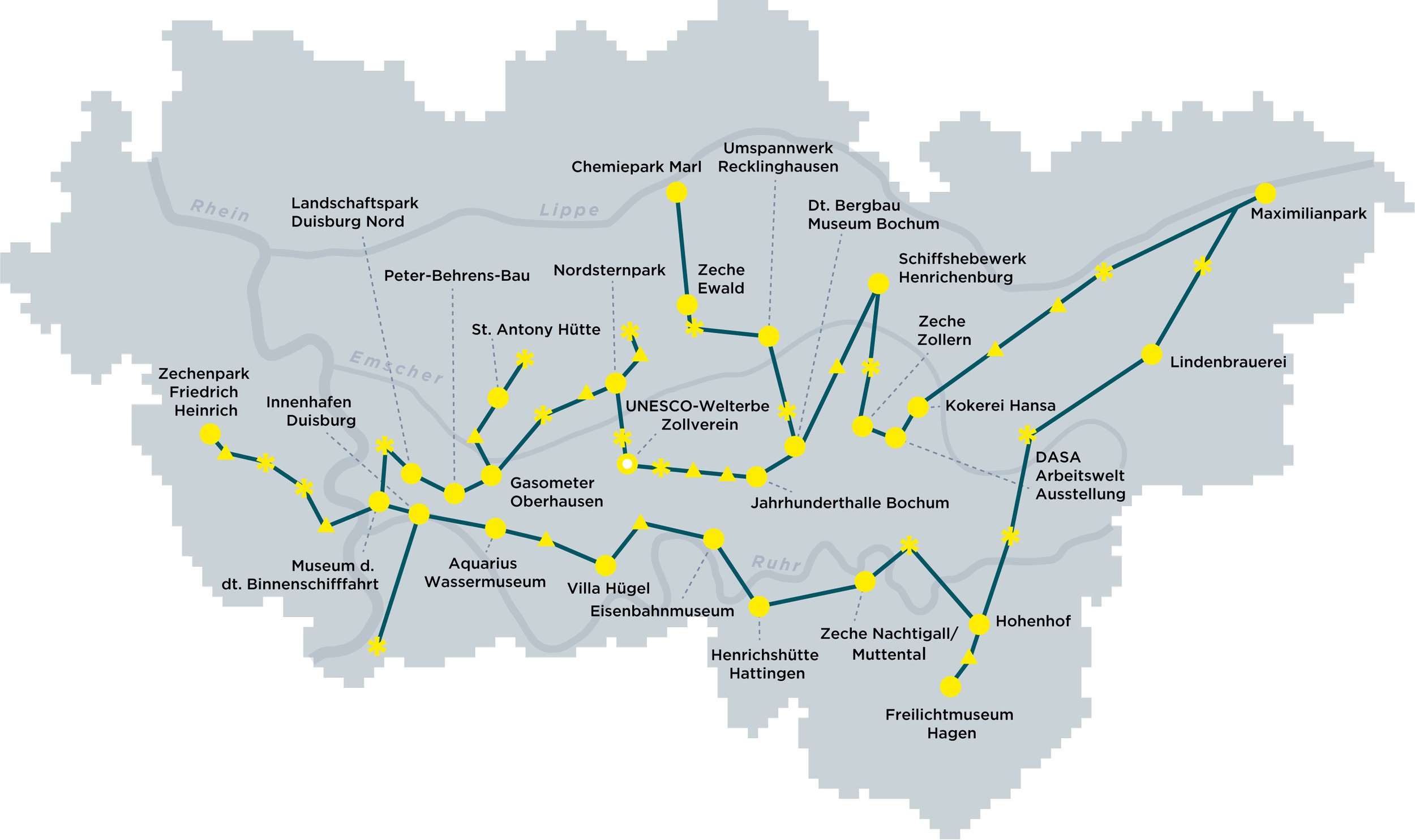
The full 400 kilometres of the Route der Industriekultur.
Summer starts in earnest in the month of June, named after Juno, this complex ancient Roman goddess, whose epithets may still not be fully understood. Sometimes I wish I could free fall throughout the summer and never land again.

One of the pleasures of cycling in Germany are the trout farms. I don’t have the patience to fish for trout, but they sell freshly smoked trout with potato salad and horseradish cream. I order this either with an ice-cold beer (pils) or sparkling water. Sometimes the trout is still warm.

The border between Germany and The Netherlands is ancient and goes back to 1766. The original markers are still visible in the landscape. This border is just a few kilometres from my father’s house and I usually cycle criss-cross across the border in the evenings.

In the weekends I am too far away from the North Sea and its beaches but it is possible to spent time on the beach after work in Amsterdam. Travel time is a cool 45 minutes, so in total I have to spent 1,5 hours in the car for a few hours on the beach. But it’s worth it. This year I didn't have company so I just went once. However beautiful, I prefer to share these moments with somebody. It is such a magical place in the evenings.
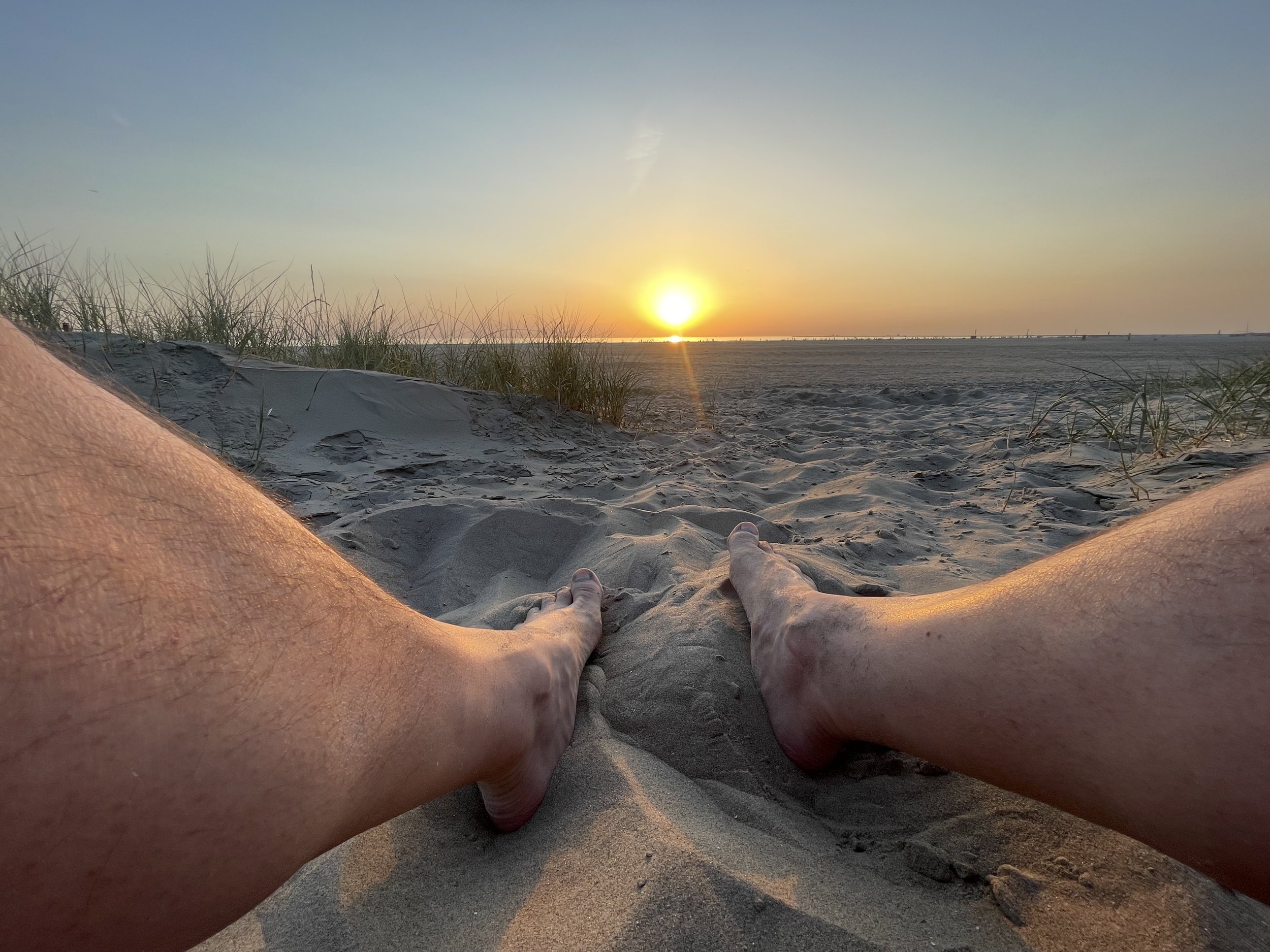
In the Gasometer in Oberhausen, a former gas holder completed in 1929, the exhibition Das zerbrechliche Paradies was shown, about the beauty of nature and the influence of humans on their environment. I thought this was symbolic for the summer, and also ironic since the gas holder is situated near an Autobahn.
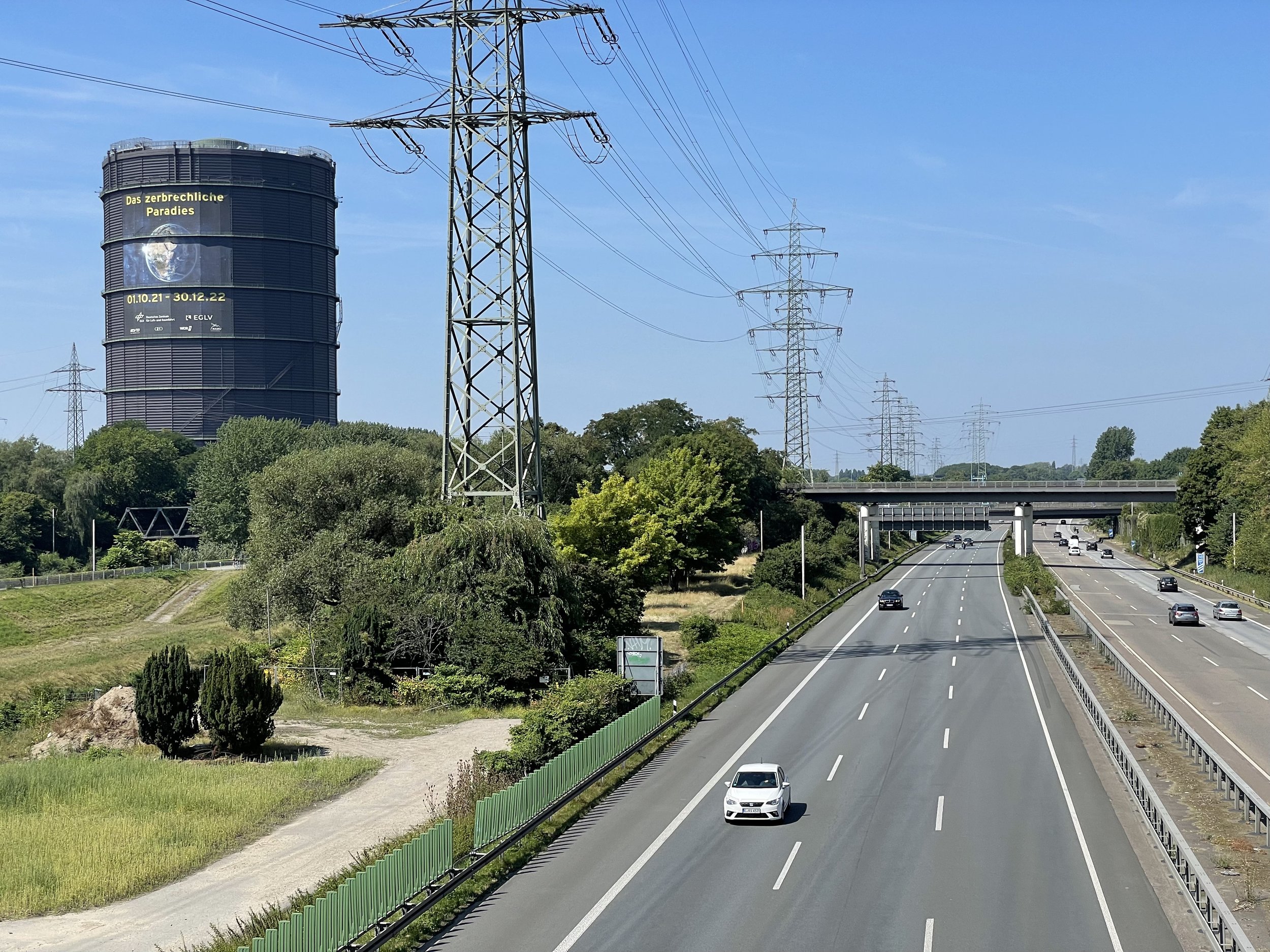
The Gasometer in Oberhausen in a boiling hot Ruhrpott.

The river Emscher looks more like a canal in Oberhausen.
In July it became clear this summer was going to be hot. Climate change has been in my conscience mind since the film An Inconvenient Truth in 2006. But I never acted upon it. I still drive my fossil fuel car.
Below an image of the Radschnellweg Ruhr RS1 between Mülheim an der Ruhr and Essen. This is probably the first bicycle Autobahn in Germany. The project started in 2010 as a vision. In 2015 the first 6 kilometre stretch was openend. When finished the RS1 runs from Moers to Hamm over a length of 115 kilometers. Currently the distance between Mülheim an der Ruhr and Essen is 12,5 kilometres of unobstructed cycling path and wide enough for four bicycles.
In Mühlheim you can enter the bicycle Autobahn by elevator which brings you to the level of the Stadt-Viadukt, which was built by the Rheinische Eisenbahn-Gesellschaft in 1864 - 1865.



Stadtviadukt vor dem Umbau zum Radschnellweg RS1 (2015). Photo: Frank Vincentz - Eigenes Werk.

Without my Specialized AWOL from 2016 my summers wouldn’t be the same.
Now and then you’ll find an amazing lunch along the way. FAIR1-HEiM, Mintarder Strasse 21, 45481 Mülheim an der Ruhr. Big sign at the entrance: “Sie” bleiben draussen, DU bist wilkommen.

This is typical of rural NRW, these self service shops. In this case: mostly beer. 2 euro per bottle from a fridge. Deposit cash money in a safe and enjoy a cold beer. Location: Auf dem Brande, 46397 Barlo, Germany.
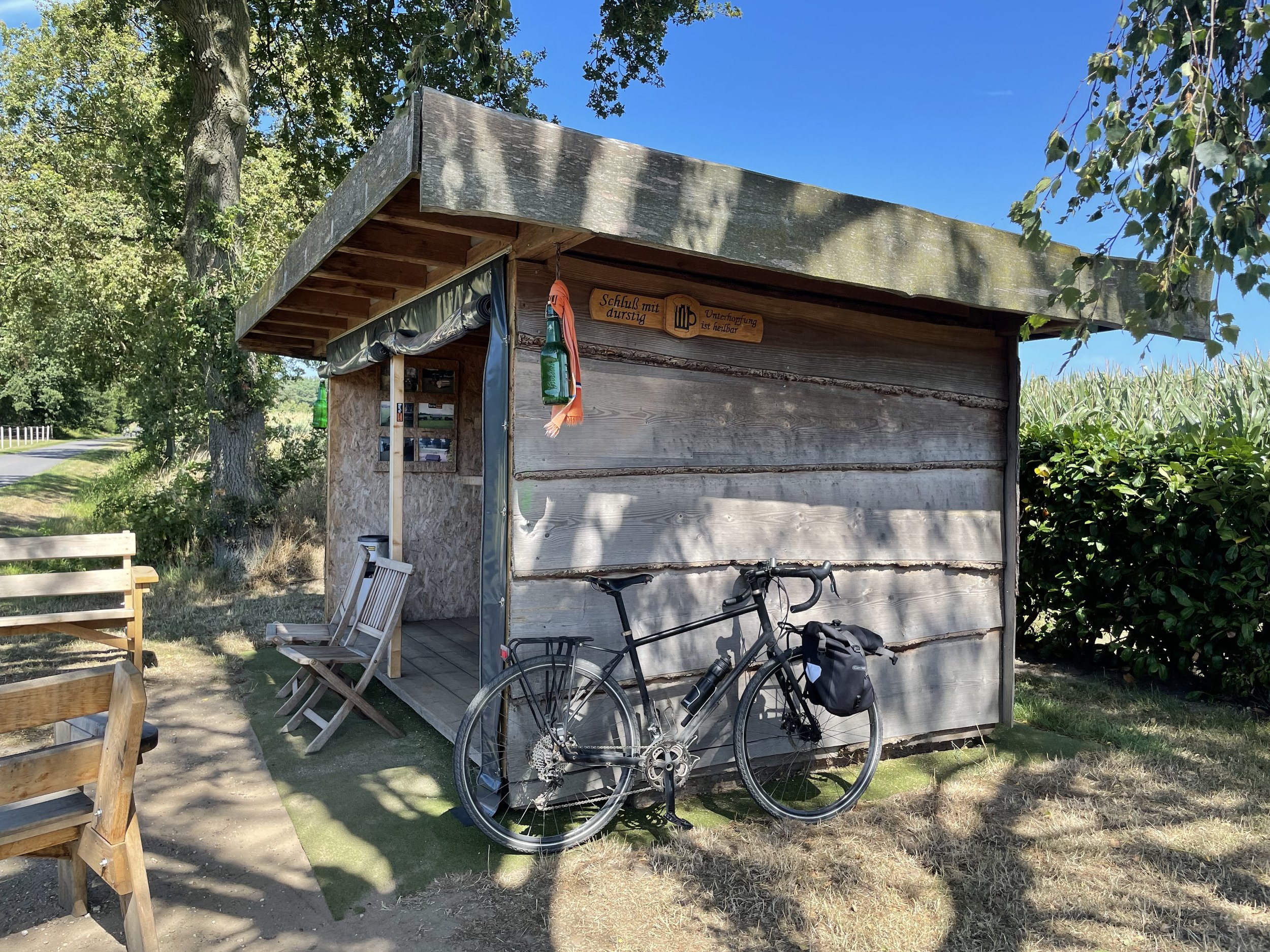
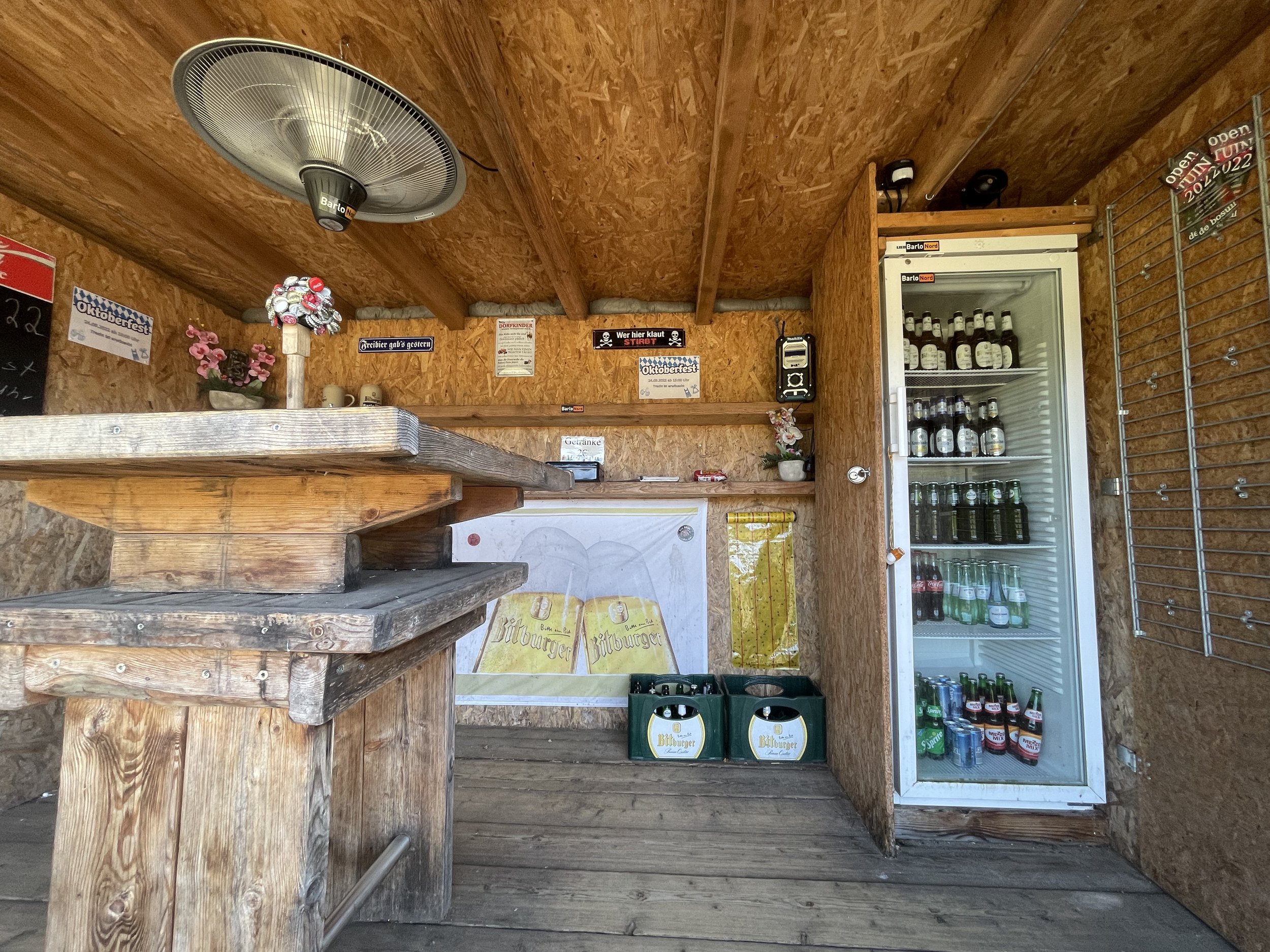
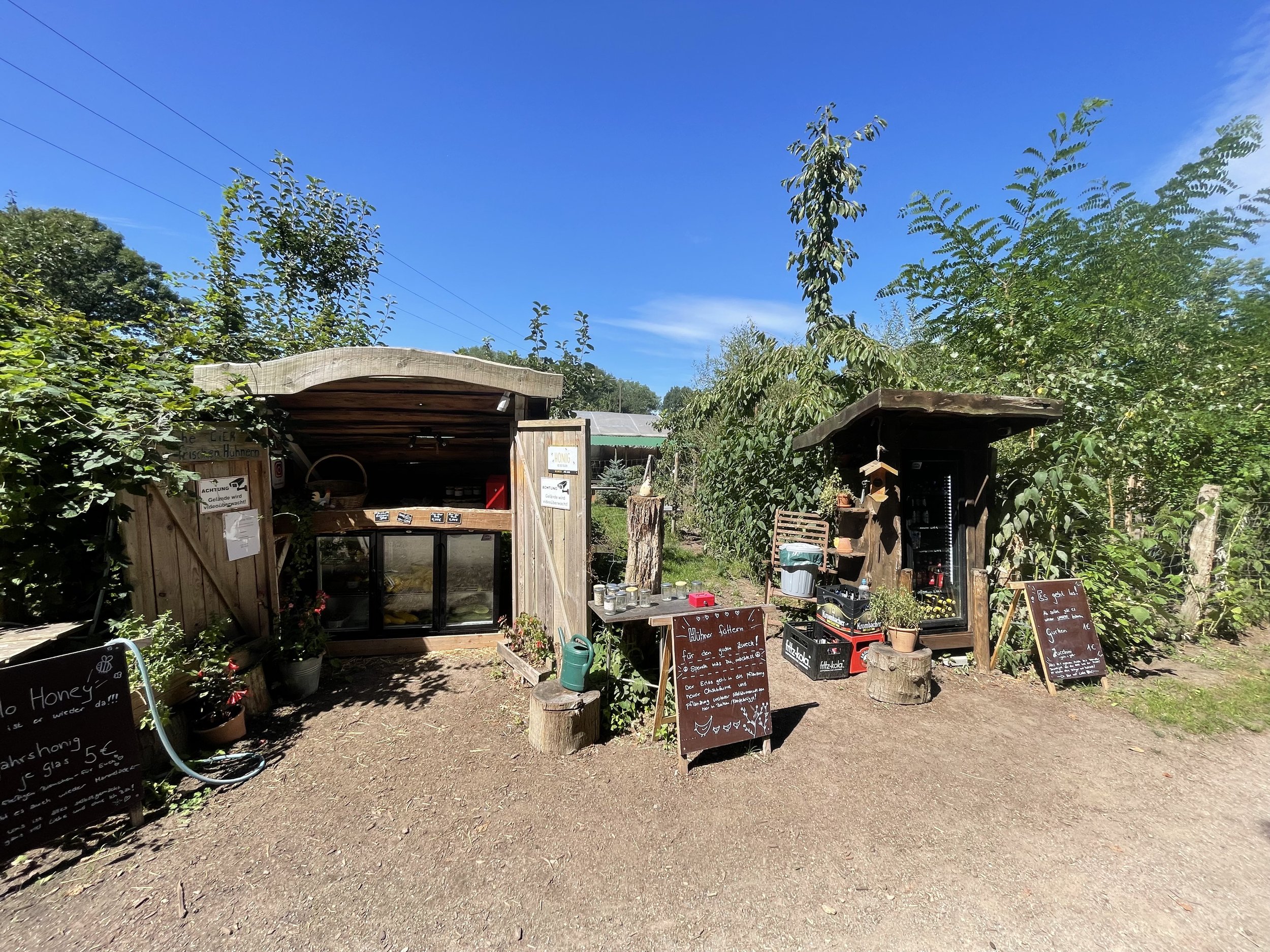
Another self service shop. Home made jam, honey and cold drinks, but no alcohol. This one is located close to Rhede.
“We may well look back upon 2022 as that moment when the global simultaneity of climate calamity finally crossed an epistemic threshold, registering in the mind’s eye the most compelling image of the whole Earth, now in peril.”

The Ecrin, the most southern Alps in France. This image from 2022 caught my eye because in 2019 I hiked in this mountain range. Normally the mountain peaks are covered in snow all year. This year, the snow is gone.

Charring eggplant for baba ghanoush.
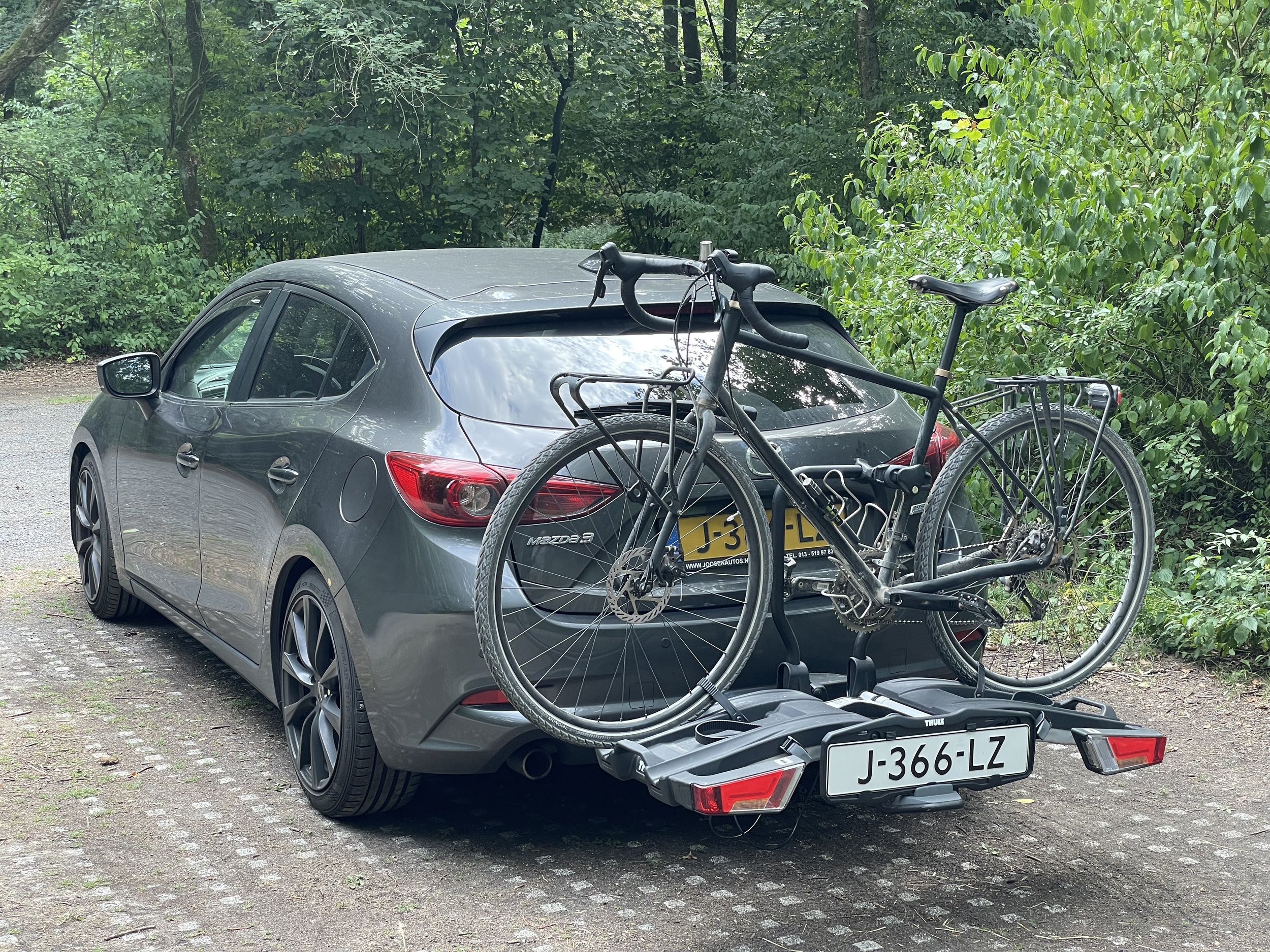
The summer of 2022 was also the summer of crisises. The Russian war against Ukraine is an European crisis, climate change is turning into reality and during the summer we had a typical Dutch crisis: a nitrogen-crisis.
It has been clear for decades that Dutch famers produce too much nitrogen. Finally the government decided to take action but wasn’t too smart about it. It published a map showing nitrogen emission reductions up to 95% near Natura 2000 areas. Many farmers were looking at the map and thought: “hang on, does this mean I have to terminate my farm?”
The result was an uprising of Dutch farmers. Highways were blocked by dumping manure and burning tyres, and soon the country was heavily polarised around the issue. Nationwide thousands of Dutch flags appeared upside down.


Farmers protest in Low Saxon dialect : Do you still believe it all? Turn off your TV and turn on your common sense.
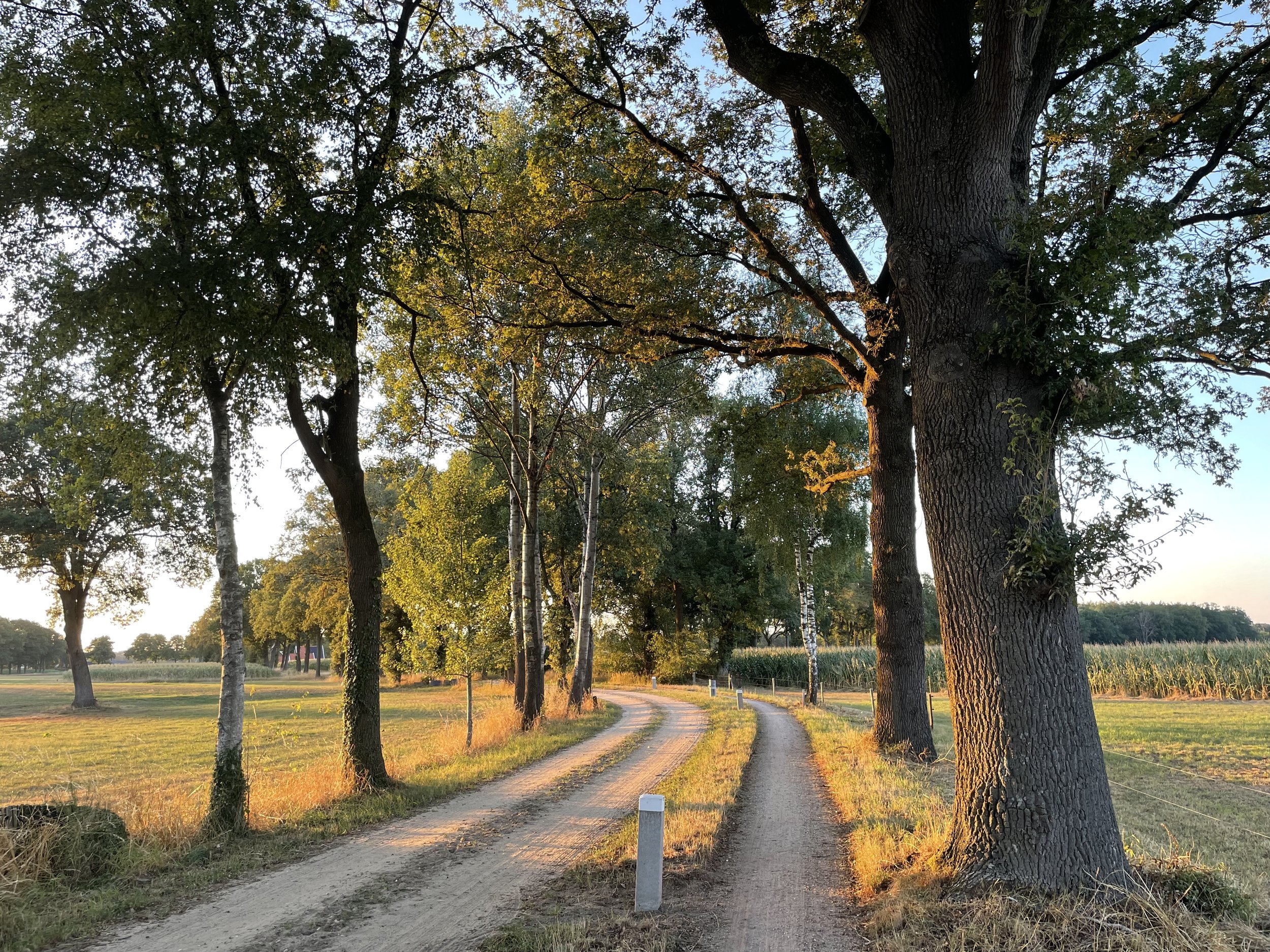
Coulisselandschap (bocage) in the Achterhoek.
By the end of August the drought became a problem. I have never seen maize so dry. In the river Elbe in the Czech Republic a so called hunger stone was exposed due to low water levels. In ancient times hunger stones were used to warn people for famine-related hardships, or just to commemorate a drought.
“Wenn du mich siehst, dann weine”

Sometimes you accidentally stumble upon a hidden secret: Tante Guste, Lippramsdorfer Straße 250, Dorsten-Lembeck. The owner of this magical garden is Jutta Kleine-Vorholt and she bakes German Kuchen. I was alone but I still ordered two cakes: a classic Zwetschgenkuchen and a cake with chocolate bottom staked with apricots and finished with eggnog on the spot. A small glass Baileys and whipped cream is complimentary.
’Willkommen in meinem Paradies..’
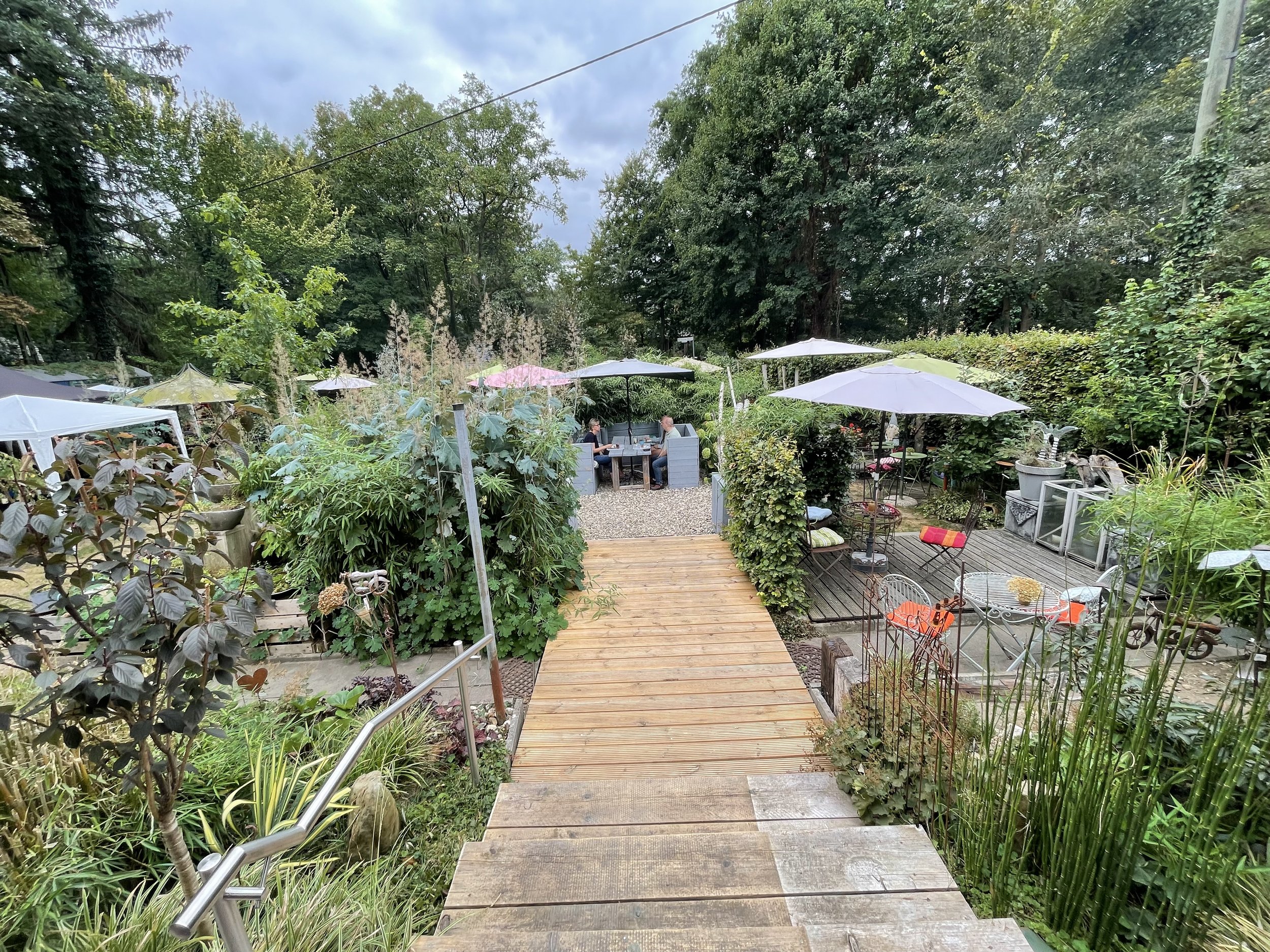

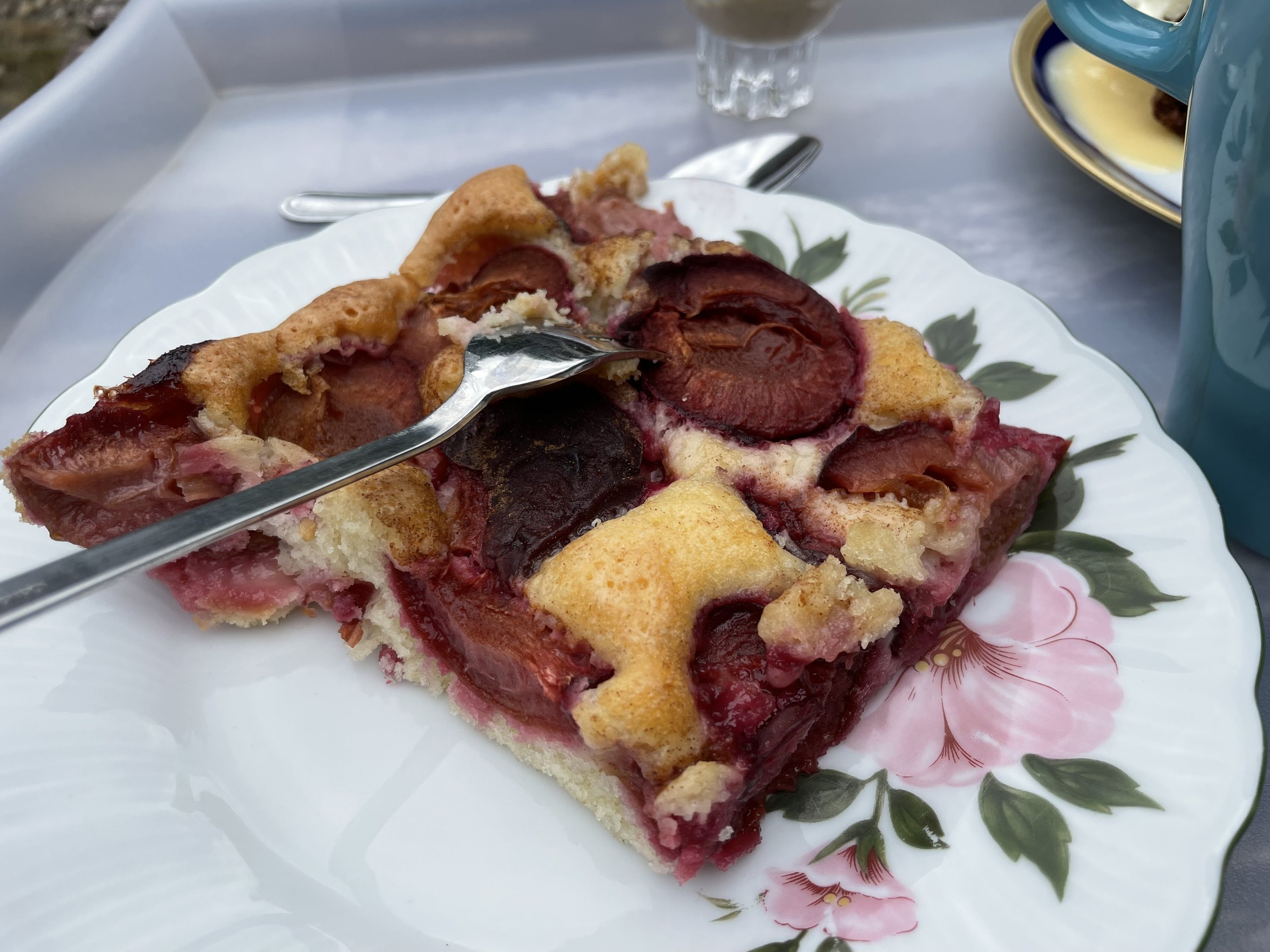
Zwetschgenkuchen
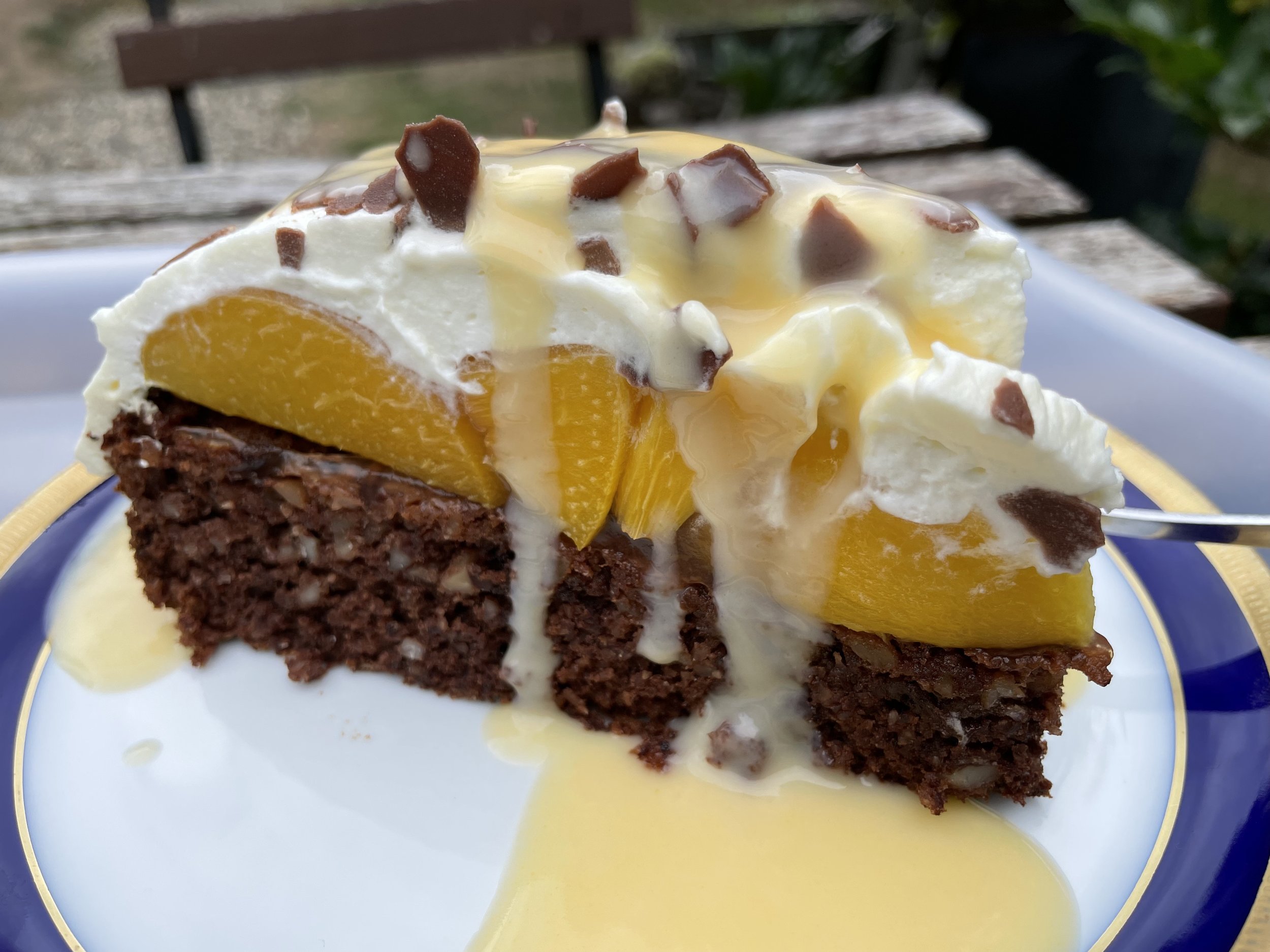
I spent the weekdays in Amsterdam. After work I often don’t feel like cycling home. I absolutely hate to be indoors when the weather is warm, I have a few favourite spots I like to hang out, for the time being alone, like in the apple orchard of ‘t Nieuwe Diep in Flevopark. It’s the only place I know where you can order sagardoa Barkaiztegi from Basque Country. They only sell the cider by the bottle.



Gin & Tonic at De Ceuvel, just a few minutes from work. Dik&Schil’s circulaire gin.

My summer drink: Weinschorle, this year made with a local Johanniter from vineyard Hesselink and Gerolsteiner natural Sprudel. 50-50 ratio.
The first weekend of September was a final gift: temperatures again hit the 30 degrees Celsius mark. I spent another long day cycling in the triangle: Essen - Bochum - Mühlheim an der Ruhr. The roads were even more dusty than before. I could do this for eternity.


Artitec, the company I am working for, was invited by Gabriel Acker, the publisher of the magazine Le Train, to Wissembourg in France, just 2 kilometres from the German-French border, for the Le Rail d’Or 2022 award ceremony.
The award ceremony was held in the winery Cleebourg. Before the ceremony we drank crémant. Our company won two first prices in two categories. In the evening there was diner in restaurant Moulin de la Walk.
I left home early enough to have time for hiking on Friday in the Südpfalz around Annweiler am Trifels. The Reichsburg Trifels towers high above the town. From the early 14th century the castle was in decline. The current form is the result of a restaurantion project which began in 1841 when Annweiler was part of Königreich Bayern (1806–1918).
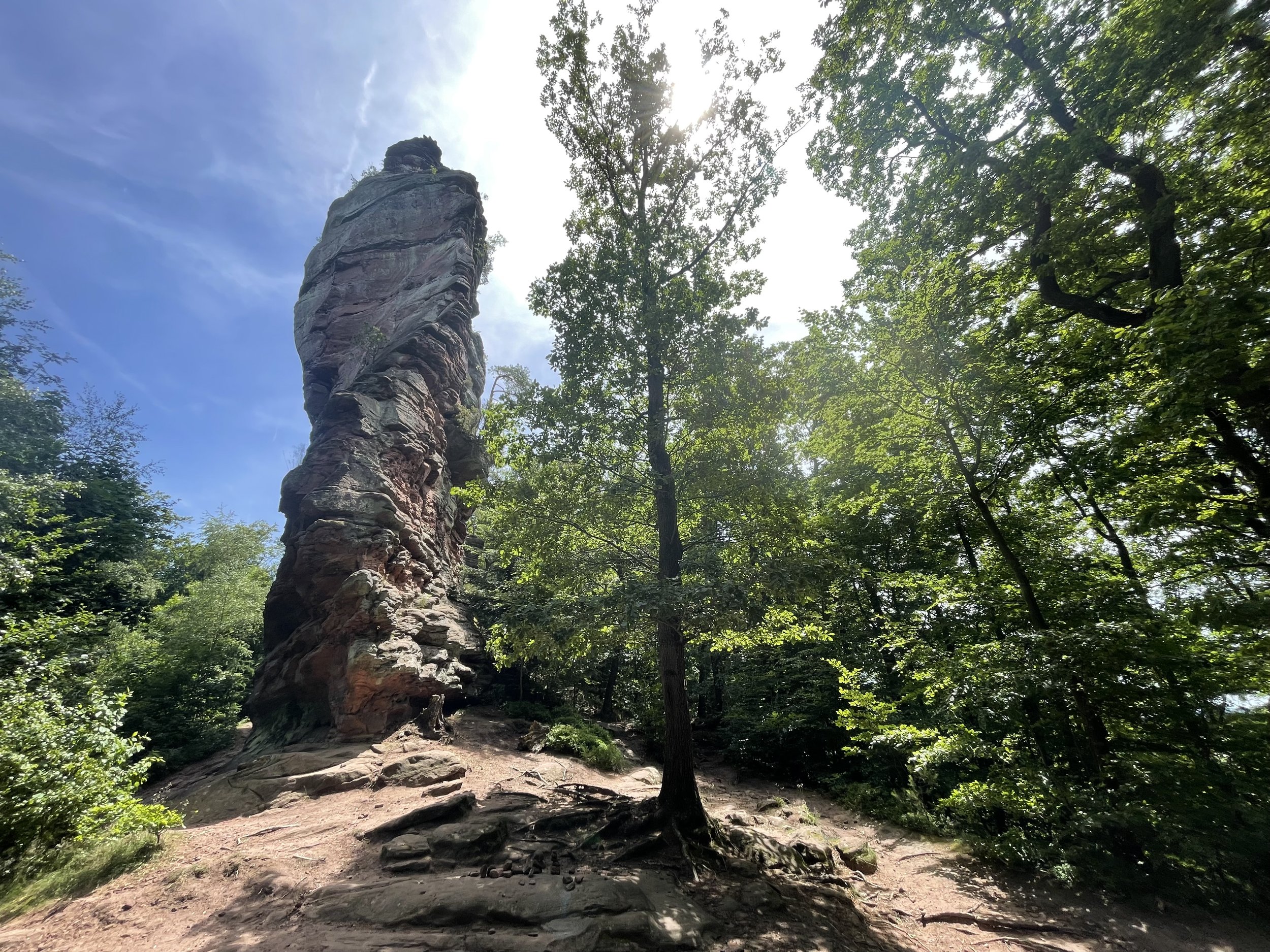
France was suffering under a dangerous heatwave that weekend. The worst temperatures were in the south of France but even in Wissembourg the thermometer hit 35 degrees Celsius (95 °F).
The city of Wissembourg originated around the Weissenburg Abbey, which became an important abbey by acquiring fertile agricultural land and investing the proceeds in saltworks. But when the direct management of the fields by the monastery transitioned into a (then modern) feudal system, the estates gradually vanished and the abbey lost power. The current St. Peter and St. Paul's Church was largely built in the late 13th century.
On Friday we ate Flammenkuchen under the tower of the church in restaurant L' Abbaye and I tasted the best frog legs ever. I plan to cook the recipe at home. Especially the garlic has to be perfectly cooked. I am quite sure they fried the garlic separately just like you would do when making Thai garlic fish.

Salez et poivrez les cuisses de grenouille puis roulez-les dans la farine. Faites-les revenir dans l'huile chaude pendant 5 minutes. Faites fondre le beurre, retirez du feu et ajoutez l'ail et le persil haché. Laissez infuser à couvert quelques minutes. Versez les cuisses de grenouille dans le beurre persillé, couvrez et laissez reposer 2 minutes. Servez sur des assiettes préchauffées.
The Swiss owner of Fulgurex, Dani Ingold, brought one of his classic MG cars. This looks very much like a 1933 MG J-type. Stunning car and stories to match. One time during the Historic Grand Prix of Monaco Dani collided with a Bugatti in the tunnel. Instead of waiting for the towing truck, both drivers calmly walked into the Monte Carlo Casino and ordered a beer.
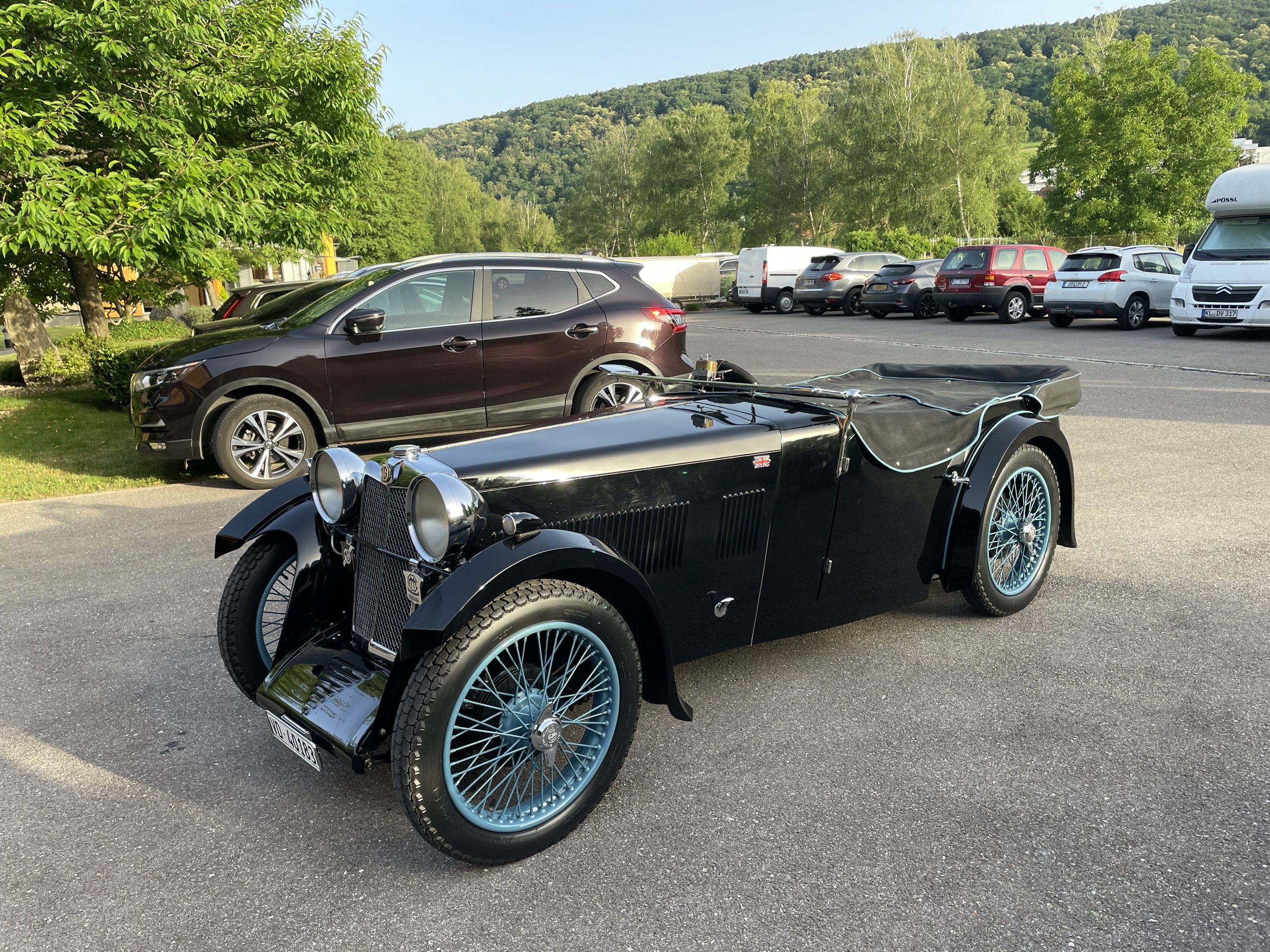
After the award ceremony we headed to the wine cellar for a wine tasting. I bought a few bottles and probably ‘‘cooked’’ my wine the next day when I left the wine in my car while hiking.

Filling the glasses with Crémant d’ Alsace in the winery Cleeburg.

I have to hand it to the French. In France gastronomy is more than just diner. In 2010 Le repas gastronomique des Français was inscribed in UNESCO's cultural heritage. Eric and Isabelle Schmidt are third generation patrons of Moulin de la Walk. The first course consisted of a perfect pairing of a 2017 Gewürtztraminer with foie gras (oie et canard). I had my glass filled twice. The sour notes were provided by a compotée rhubarbe. Just perfect!
The second course was equally perfect. The wine was provided by Domaine Louis Cheze, if I’m correct the Sixtus 2020 Côtes du Rhône blanc is made of viognier grapes.
I couldn’t finish the glass of red wine which accompanied the pork. Since the late afternoon I drank eight glasses of wine, which was way more than I am used to.
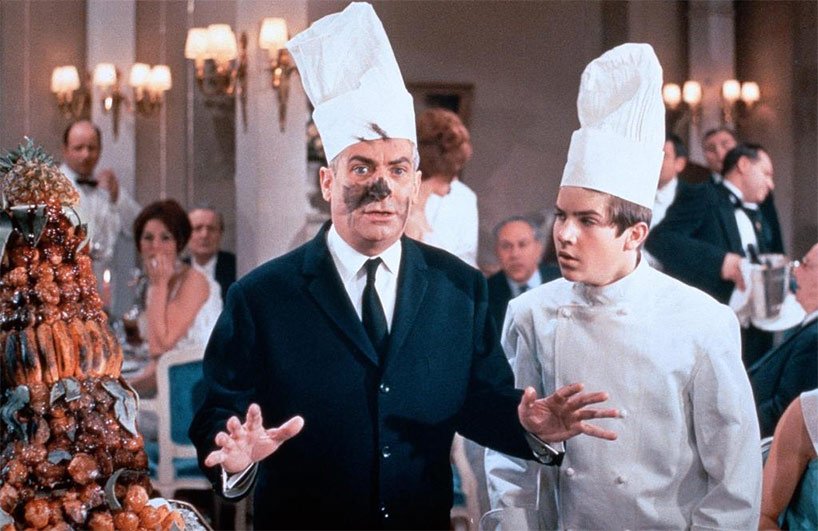

Duo de foie gras maison (oie et canard aux fruits sec). Gel fraise, compotée rhubarbe.
Vin: Gewürtztraminer Verdangen tardives 2017.

Filet de dorade rôti. Pointes d’asperges, sauce beurre blanc.
Vin: Sixtus 2020 Côtes du Rhône blanc.

Véritable pluma de porc ibérique. Poêlée de légumes d’été. Pommes de terre rissolées.
Vin: Saint Joseph Cuvée Ro-Rée. Domaine Louis CHEZE.
Below: Délice fraises-citron, biscuit pistache.


Eric and Isabelle Schmidt
In the time of Nationalsozialismus the Pfalz as a wine growing area was in trouble. An abundant harvest in 1934 in combination with a Berufsverbot for Jewish wine merchants, caused a price crash. To draw visitors to the Pfalz the rulers created the Deutsche Weinstraße under the openings title “Kampf und Volk – Wein und Wahrheit“. In 1936 the stone gate was built in just two months. The swastika under the eagle is still visible. The gate can be seen from France. The border is just 750 meters from the gate.
After leaving my hotel at 10 am I planned to hike part of the Deutsche Weinstraße starting at the gate. The hike was pleasant while in the forest. To get back to my car in time I took a short cut on the way back through the vineyards. With 35 degrees Celsius and no shade I barely escaped a heat stroke. I had to sit down with a large bottle of cold mineral water for 45 minutes before I was well enough to drive.


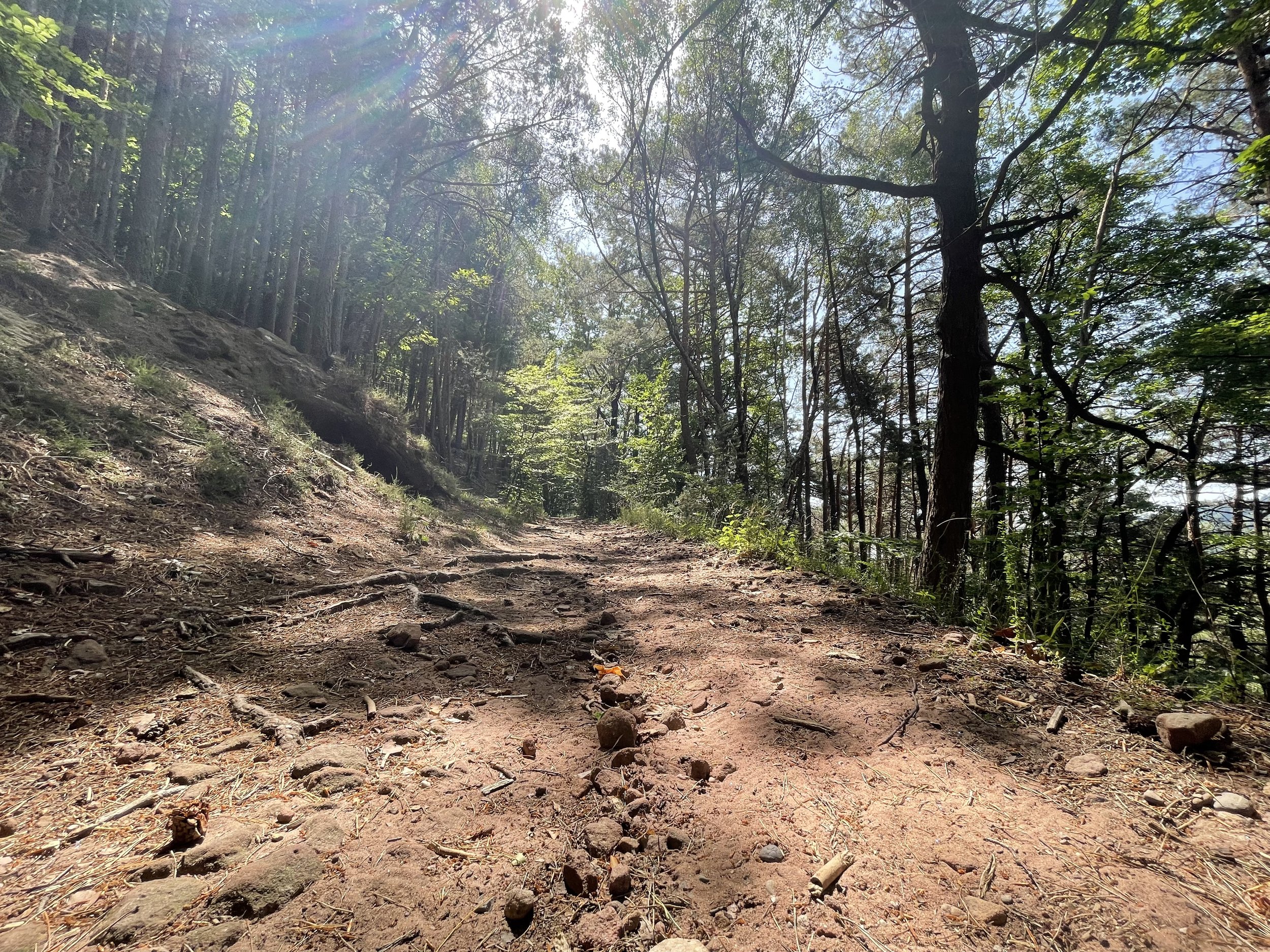
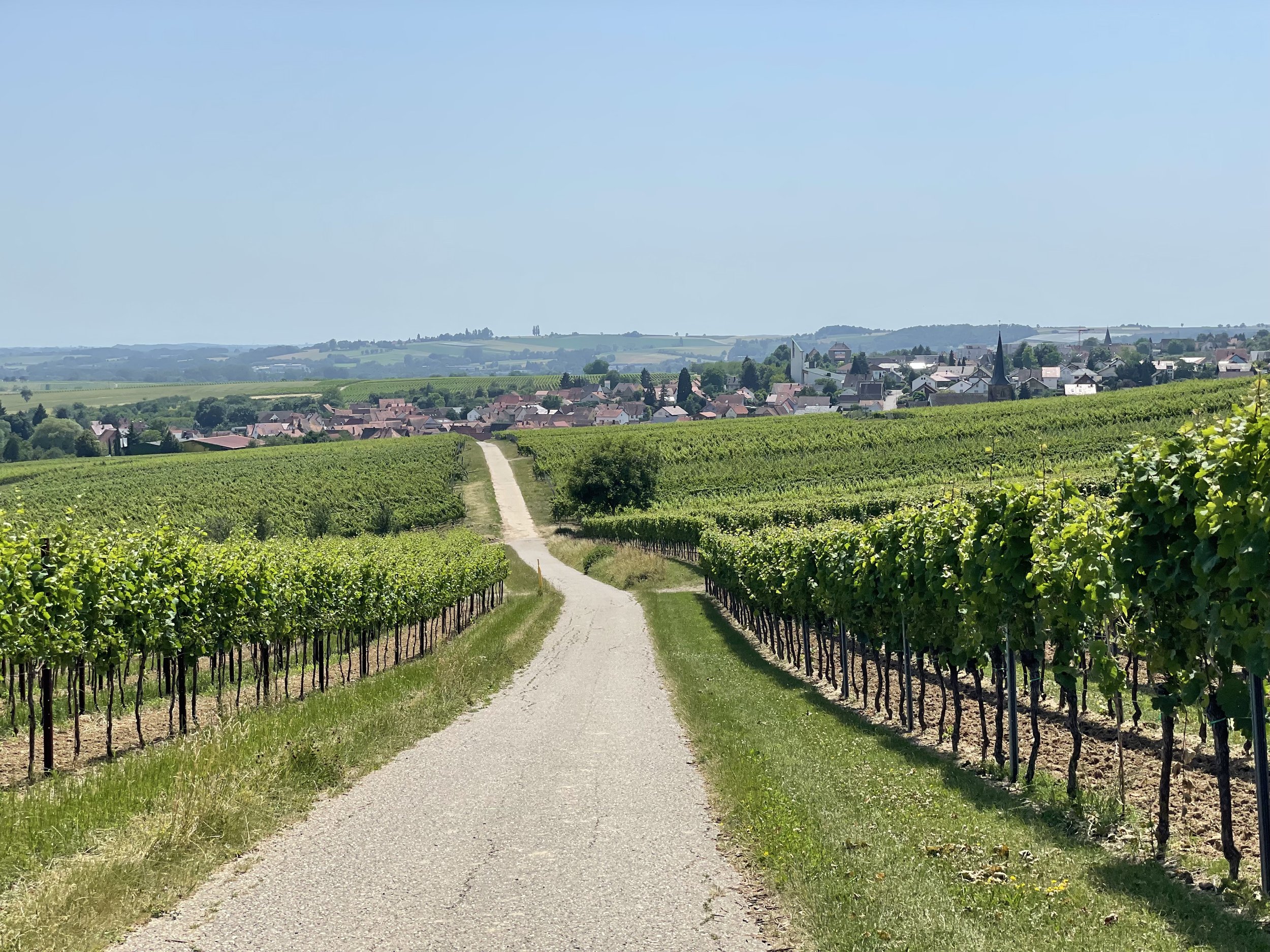
No shade and 35 degrees. In the distance the Deutsche Weintor.
With over two years of little travel I need to write down all my travel ideas I have in the back of my mind. If not, ideas will remain ideas. I will expand this post in the next couple of months.
This 226,5 km long coastal trail takes you along the coast of Portugal. The trail is dived in 13 day hikes. Best time: September - June. In the summer months it can be hot.
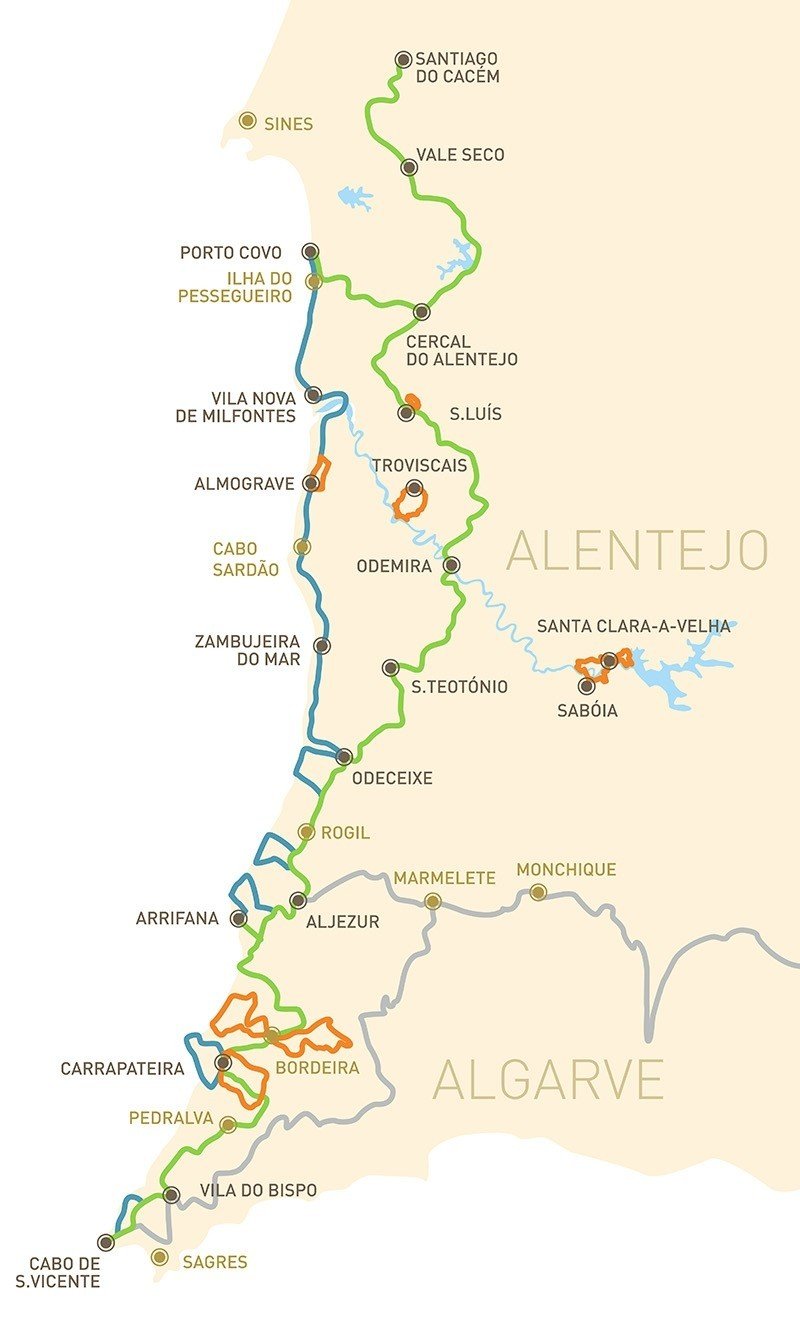
The Fisherman’s Trail is the blue line.
Visiting Jamaica has been a long time wish. The distance from Amsterdam is 7.813 km, which is a flight time of well over 10 hours. Most Jamaican towns and places I know from listening to Jamaican music: Spanish Town, Manchester, Westmoreland, Hanover, Saint Catherine, Saint Mary and the list goes on.
I want to hike the Blue Mountains and feast on Ital-food, have breakfast with ackee and saltfish, eat jerk chicken smoked on pimento wood and try curry goat.
I wonder if you can vist King Jammy Studio in Waterhouse. Probably not. Best time to visit Jamaica is during our winter. There can be rain and hurricanes in October.
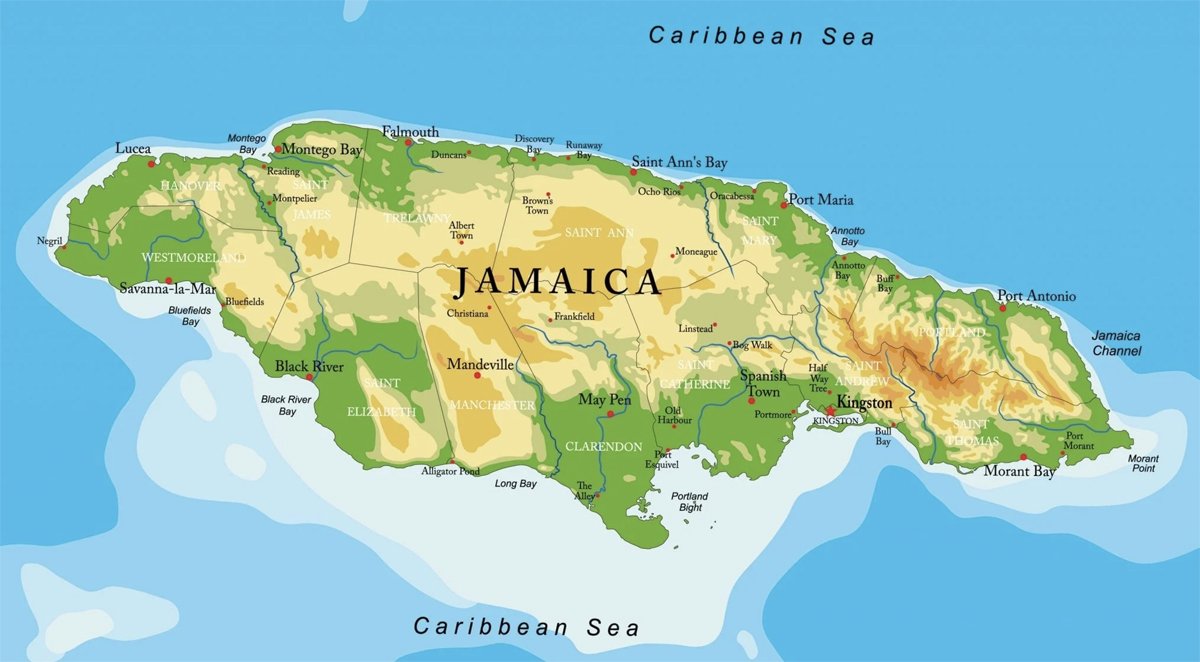

Prince Jammy in 1984.
I have a choice between Armenia, Azerbaijan, Georgia and Russia. The latter is off the table due to the war. I have a preference for Azerbaijan.
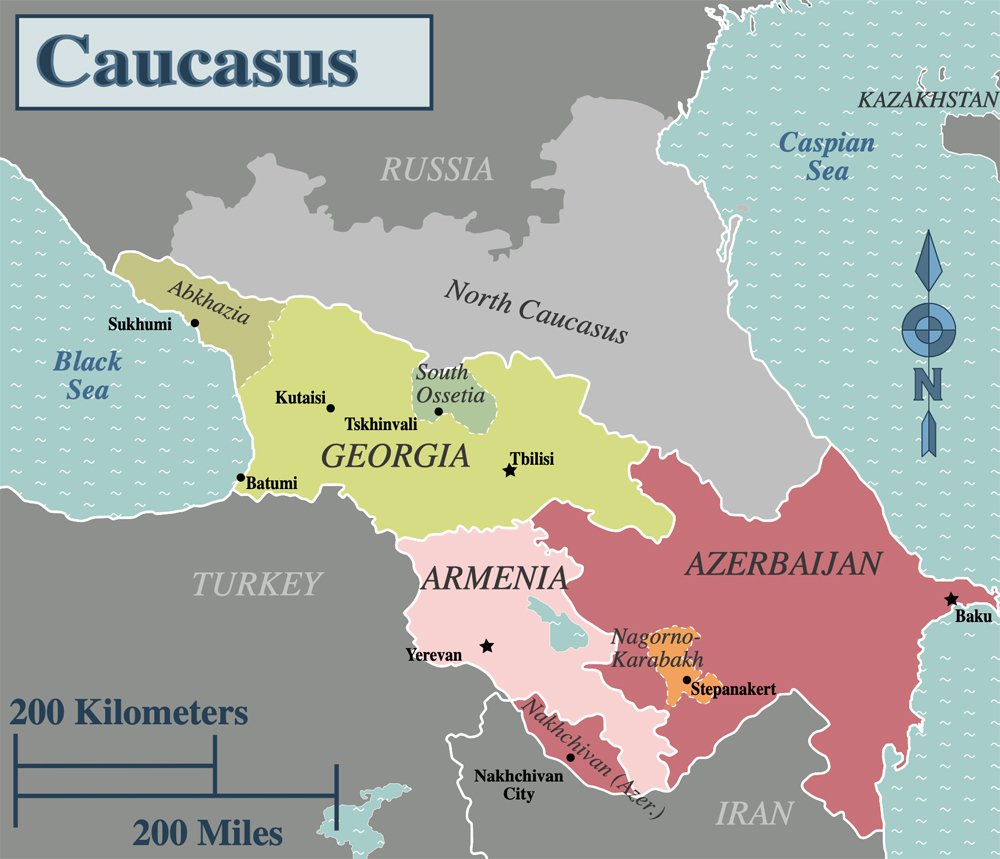
Political map of the Caucasus.
It is time to walk another mountain range which is not the European Alps. The Everest Base Camp Trek is 58 kilometers so to get back to the starting point it is about 120 kilometers. Rough guess: 6 days of hiking.
Starting point is the village of Lukla and you have to fly in from Kathmandu. There is some serious planning involved and I don’t think I can do this hike while my father is still alive. There is no way to get back to The Netherlands in case of an emergency.
I got inspired by watching the YouTube-channel of Kraig Adams. The photo’s are stills from his video. Elevation gain is an amazing 5.152 meters so altitude sickness is the biggest risk The path looks like it is walkable with no climbing.
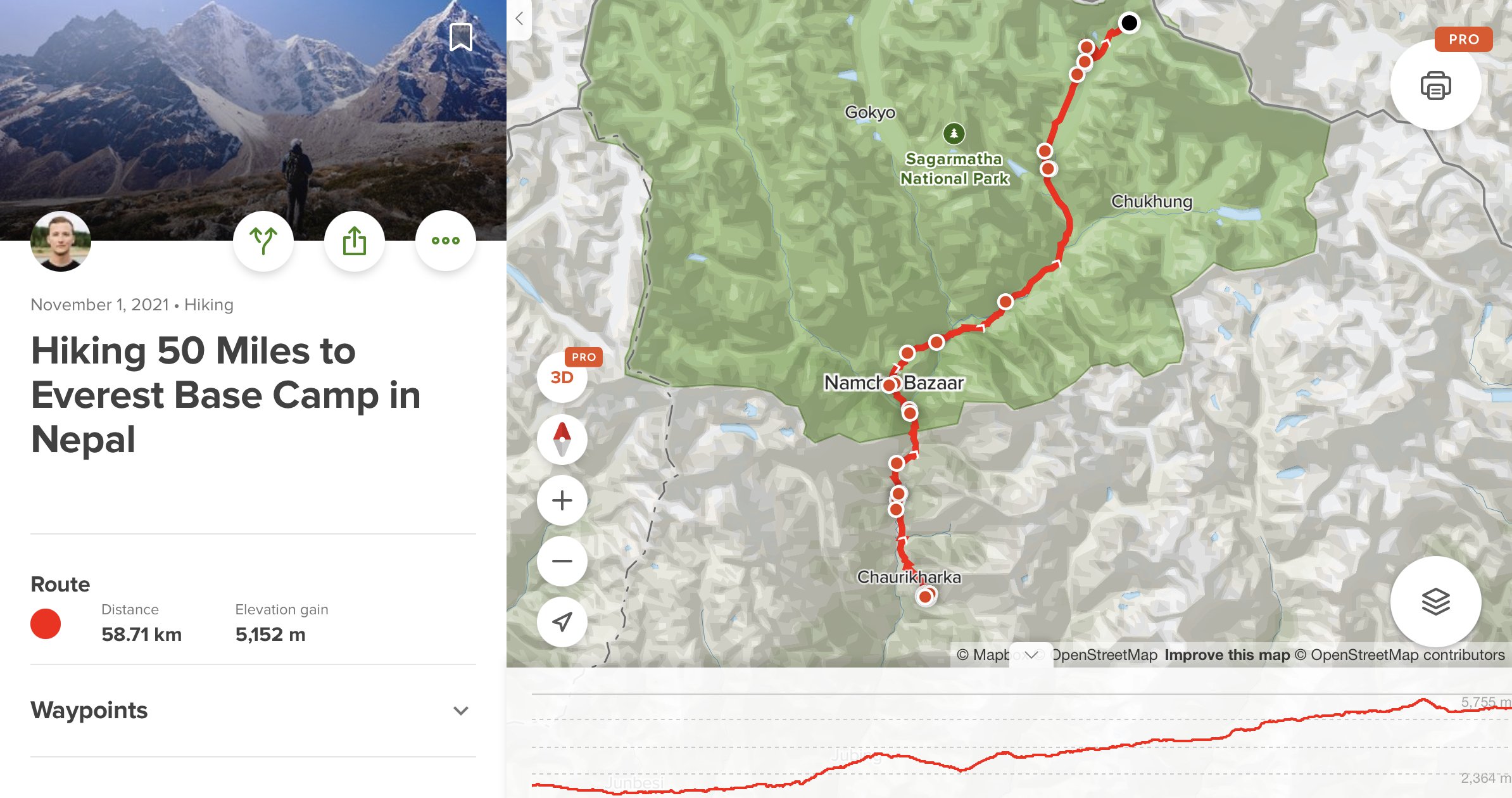
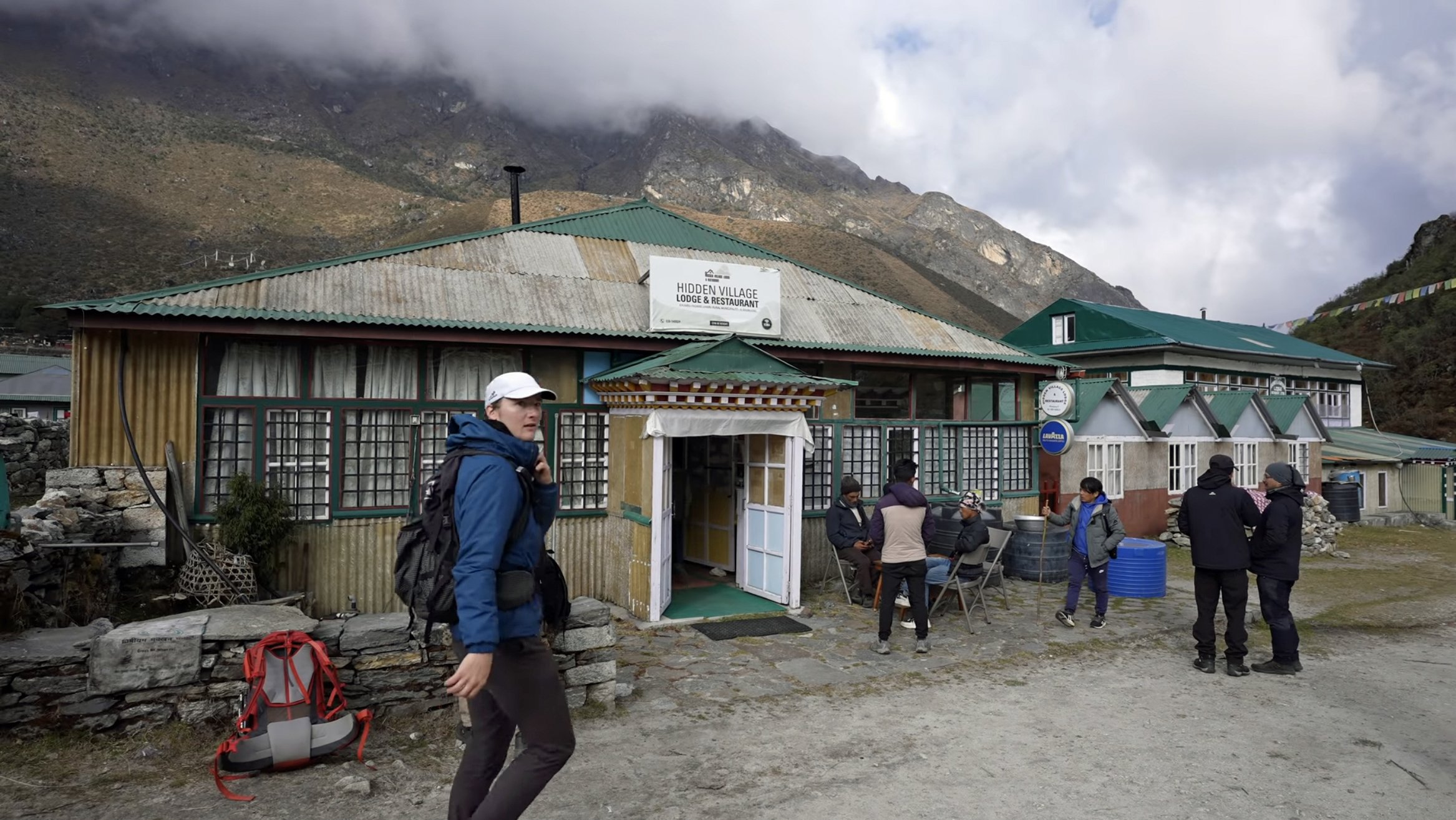
Khumjung - about a third of the trek.

Pheriche - two thirds on the way up.

Just before Base Camp at 5.364 meters.
Just as the pandemic was almost over in The Netherlands, mainly due to our high vaccination rate & effectiveness, and natural immunity, the Russian president Vladimir Vladimirovich Putin started a geopolitical game of chess which effectively ended the post-Cold War era of relative peace in Europe. It was Thursday morning 24 February 2022. I cursed when I woke up.
The 2022 invasion of Ukraine was just an escalation of the Russo-Ukrainian War of 2014 which ended as a frozen conflict in 2015. Russia has waged a cyberwar against Ukraine at least since 2014. Read: Sandworm: A New Era of Cyberwar and the Hunt for the Kremlin's Most Dangerous Hackers (2019) by Andy Greenberg.
Putin’s invasion of Ukraine has deep global geopolitical implications. A successful campaign in Ukraine might have emboldened Xi Jinping to take military action to control Taiwan.

The Financial Times cartoon.
The owners of the company I work for immediately thought of ways to help Ukraine. Donation of money for humanitarian aid was a no-brainer. Within a week we decided to donate the profits of the webshop of the month March to Giro555. We also crowdfunded money for a first transport to the Polish-Ukrainian border. We bought calorie dense food for fighters on the front and as many night vision goggles we could possibly buy. Just three days after the start of the war I agreed to be a back-up driver for the first transport, and maybe more to come, so I cancelled my plans for my springtime holiday.
The Vietnam War was the first war broadcast on television while the Gulf War of 1991 was the first war being live broadcast. Who can forget the green blurry images of the night vision cameras as the first artillery hit Bagdad? The 2022 Russian war against Ukraine is the first true social media war. Not only does information spread instantly via Telegram, Twitter or WhatsApp, the Diia App (“Action”) made by the Ministry of Digital Transformation in 2020 helped the Ukrainian army target the enemy. The Diia app was quickly tailored towards the war and allows ordinary Ukrainians to submit location-tagged photos and videos of Russian military sightings.
“Der Krieg ist das Gebiet der Ungewißheit; drei Vierteile derjenigen Dinge, worauf das Handeln im Kriege gebaut wird, liegen im Nebel einer mehr oder weniger großen Ungewißheit. ”
But the Russo-Ukrainian War of 2022 might be best remembered as the first SpaceX Starlink War. Just before the war started Russia knocked out tens of thousands of KA-SAT SATCOM terminals by a suspected cyber attack. Within days of the war Elon Musk activated the Starlink service and sent a number of receiver kits to Ukraine.

To generate more crowdfunding money we requested photo’s and video’s from Ukrainians receiving our equipment. And so they did. Below is an Ukrainian soldier with one of our night vision goggles.

The Russian army was not so mighty as seemed on paper. Tanks are just heavy chunks of metal without personal and strategy. This was not a first for Russia. In the first big war of the 20th century, the Russo-Japanese War, the Russian army also proved much less effective than thought. This war started with the Russian demand for the establishment of a neutral buffer zone between Russia and Japan in Korea north of the 39th parallel. The Imperial Japanese navy subsequently attacked. Nicholas II of Russia refused to submit to a humiliating peace with Japan, which was victorious in most battles. US President Theodore Roosevelt had to mediate a treaty between Russian and Japan, which resulted in the 1905 Russian Revolution, which set the stage for the 1917 Russian Revolutions.
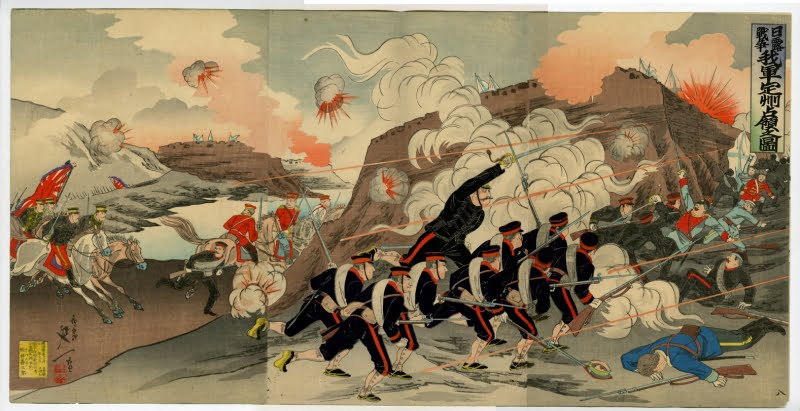
Vladimir Putin seems to have made the mistake only an authoritarian leader can make, or American neocons just before the 2003 invasion of Iraq. He didn’t understand the enemy. It has become clear that he thought of the ‘special operation’ as a non-military operation. The imagined ‘regime’ in Kyiv would quickly fall and the Ukrainians would greet the Russian soldiers as liberators. This explains the poor military planning. Putin ignored the long quest for national identity among Ukrainians. He seems to have completely misinterpreted the Orange Revolution of 2004 - 2005 and the Maidan Revolution in 2014. The Ukrainians clearly rejected closer ties with Russia and were looking West towards the EU as a future path for the nation. Ukrainian values aligned with Europe and not with Russia.
An authotoritan leader has to lie to his people to stay in power. This greatly reduces battlefield effectiveness. Who wants to die for a lie? The propaganda was that the United States were going out nuclear weapons in Ukraine. Many Russian soldiers left their tanks and BTR’s (armoured personnel carrier) when they realised they have not been told the truth.
Read: The Dictator's Army: Battlefield Effectiveness in Authoritarian Regimes by Caitlin Talmadge, Cornell University Press (2015).

Russian prisoner of war being interviewed by an Ukrainian journalist.
Below a video made by an Ukrainian fighting group thanking us, and my employer by name, for the equipment we sent.
Putin governs Russia like a crime syndicate and money which should have been spent on the military was stolen and transferred out of Russia. This left the army with antiquated tanks, dangerous infantry fighting vehicles and a Black Sea flagship which was not modernised as planned in 2016. The Russian cruiser Moskva was sunk on 14 April. Even Hitler was smart enough to rename the German cruiser Deutschland to Lützow just before the war so when sunk, it wouldn’t function as a symbol.
Russia and Ukraine are both part of the Western Steppe. The Polish–Lithuanian Commonwealth was established in 1569 and the eastern border of the Commonwealth of Poland still marked the political landscape of Ukraine in 2010. In 2022 new lines are drawn.


I spent my last days of my 2021 holiday allowance not far from the Teutoburger Wald in Germany. On top of the ridge of this middle mountain range lies the 156 kilometre long walking path Hermannsweg. It would take a full three days to walk the whole length. I only walked a small part. In the past I have walked many other parts of the path. The geology of this mountain range is very interesting.
It was formed around 70 million years ago when the African tectonic plate pushed against the Eurasian tectonic plate. At least it was assumed by geologists for a long time that the Alps were also formed by a proces of the southern tectonic plate bulldozing against the northern plate. But geophysicist Edi Kissling and sediment specialist Fritz Schlunegger have proposed a different theory. It is called the lift theory. If true the forces creating the Teutoburger Wald were more complicated than a simple push of a tectonic plate.
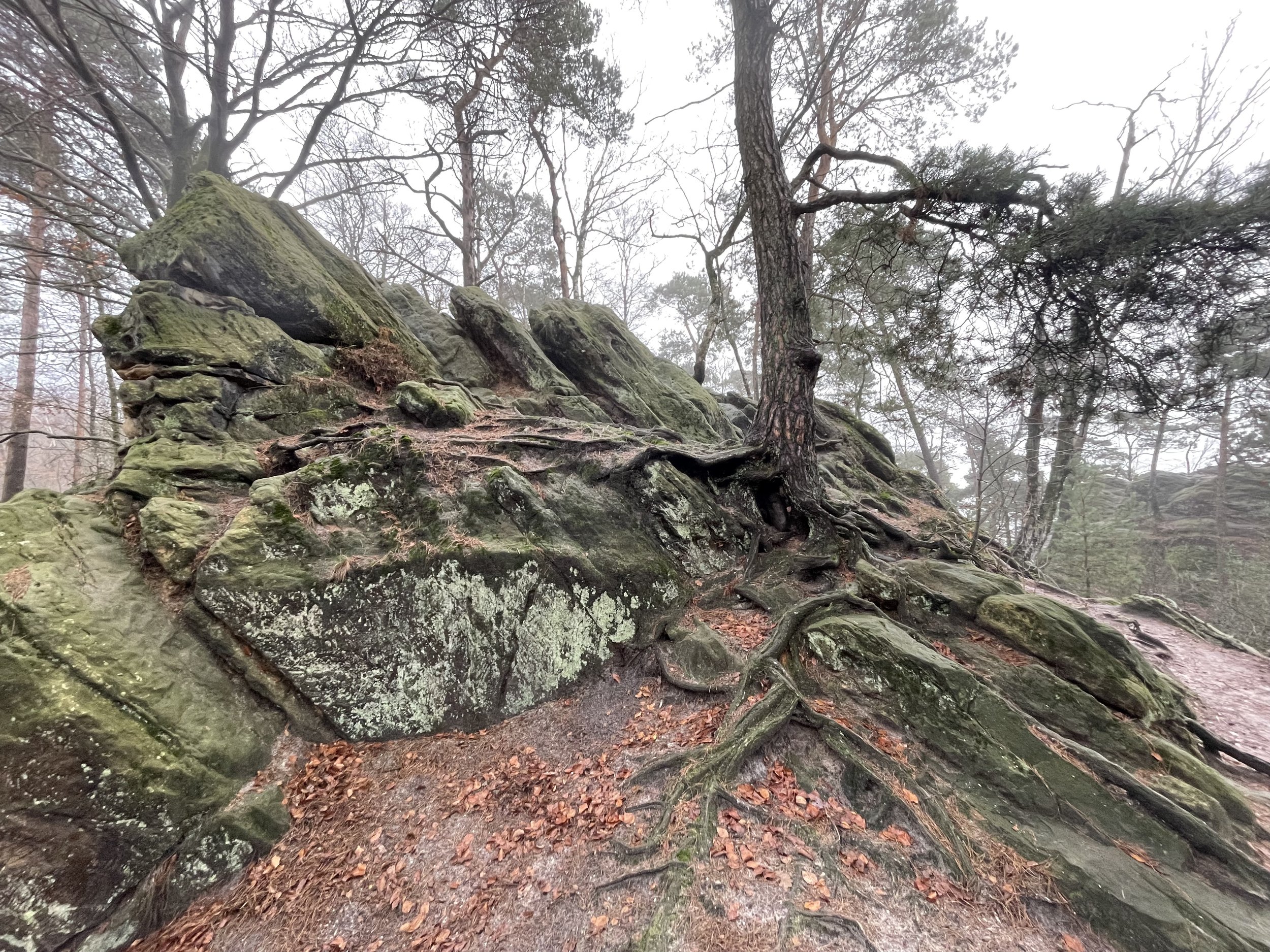

Islands in the sea
Germany in the late Cretaceous geological period called Maastrichtian, around 70 million years ago. The Cretaceous was a period with a relatively warm climate and The Netherlands and most of Germany was submerged under a warm ocean.
The first landmark you will pass, if you walk from west to east, are the Dörenther Klippen near Ibbenbüren. The jagged rocks are made of sandstone, 120 million year old (Early Cretaceous) sediment from the shallow sea around the Rheinische Masse (modern Sauerland, Eifel and Belgium Ardennes). The sandstone is called Osning-Sandstein. It was this sandstone which was pushed upwards 70 million years ago and formed the current landscape.
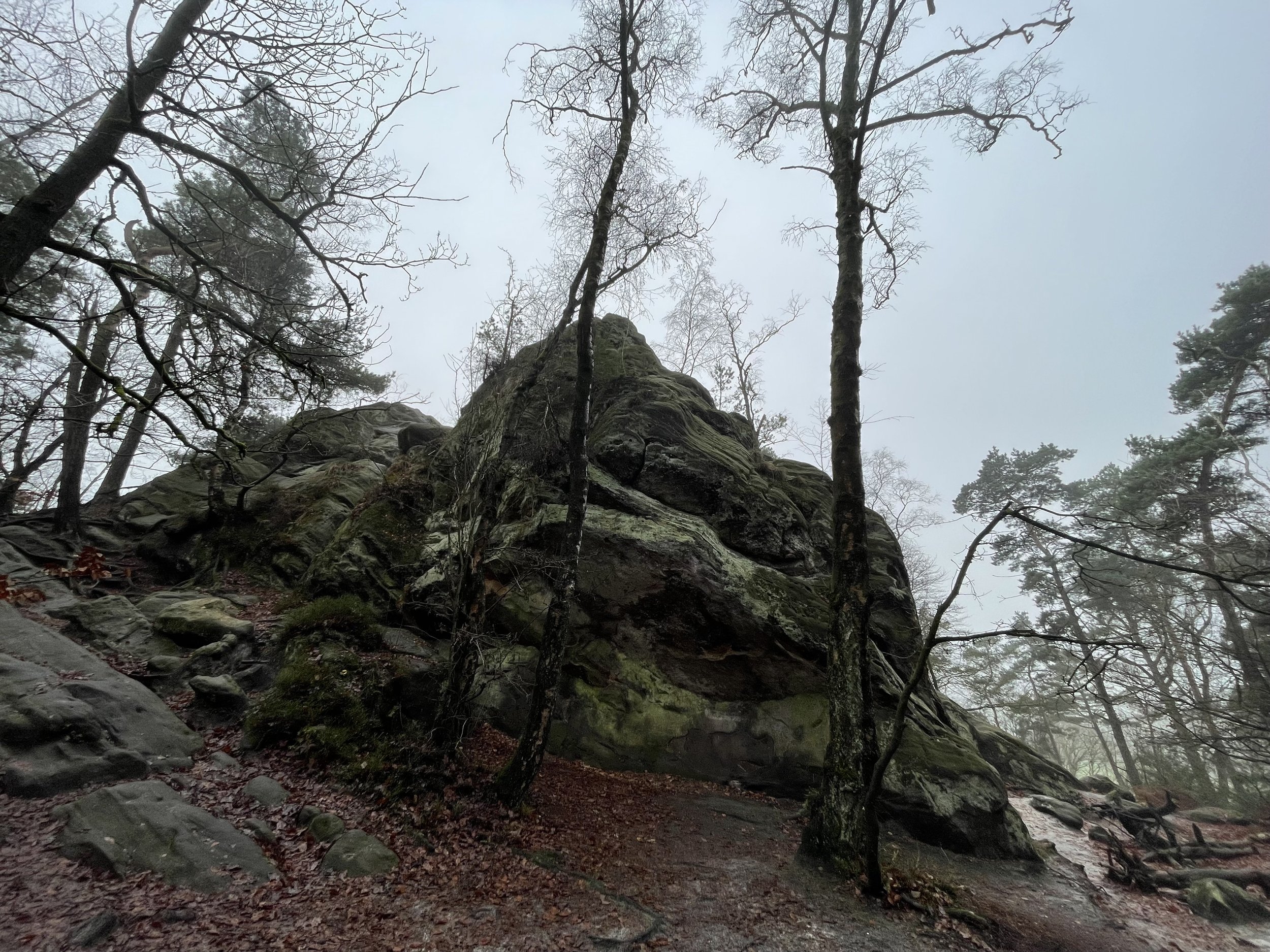
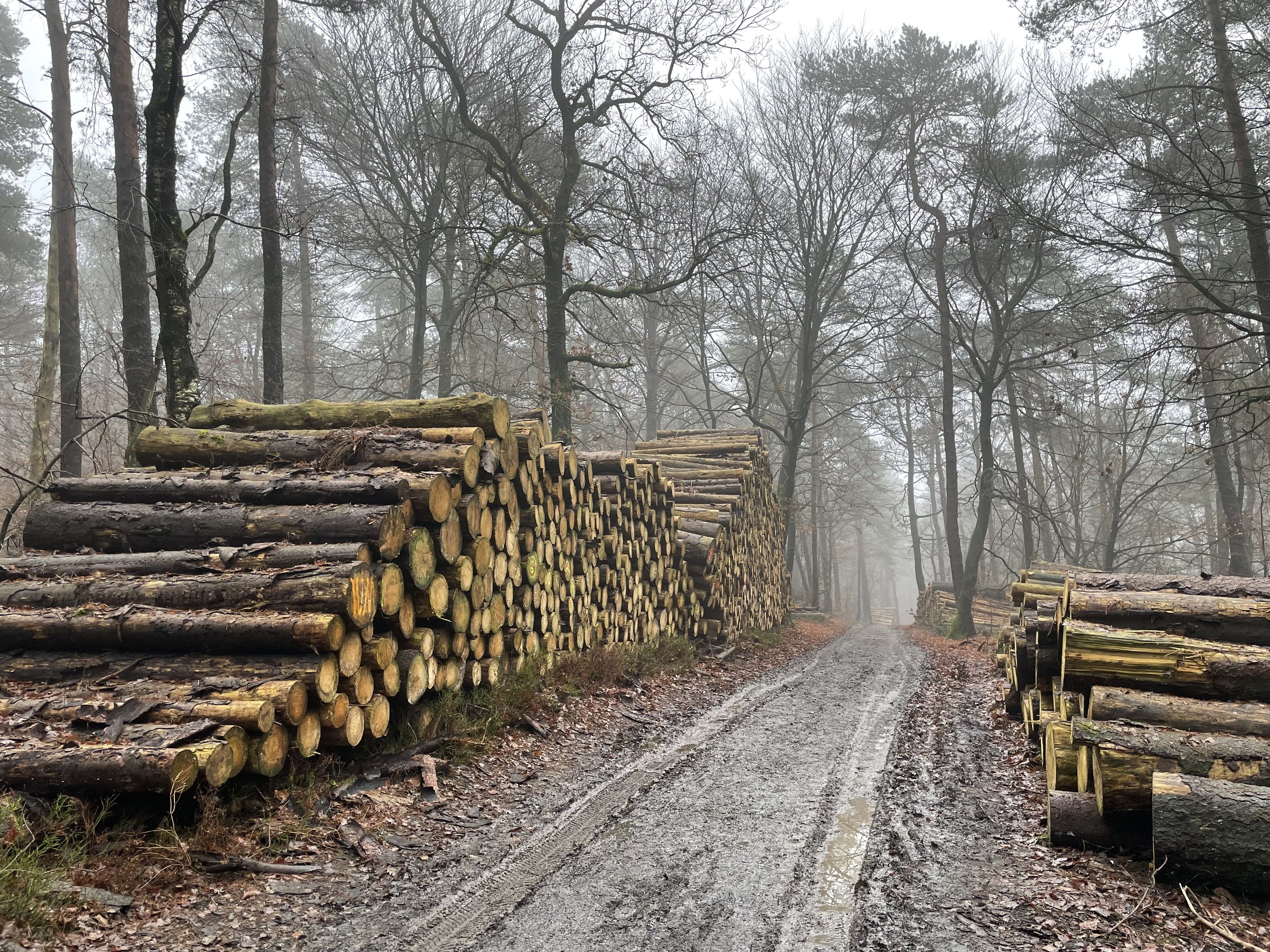
The fruit museum in Brochterbeck consists of a large piece of land with over a hundred different types of fruit trees with historic apple, pear, cherry and prune cultivars.
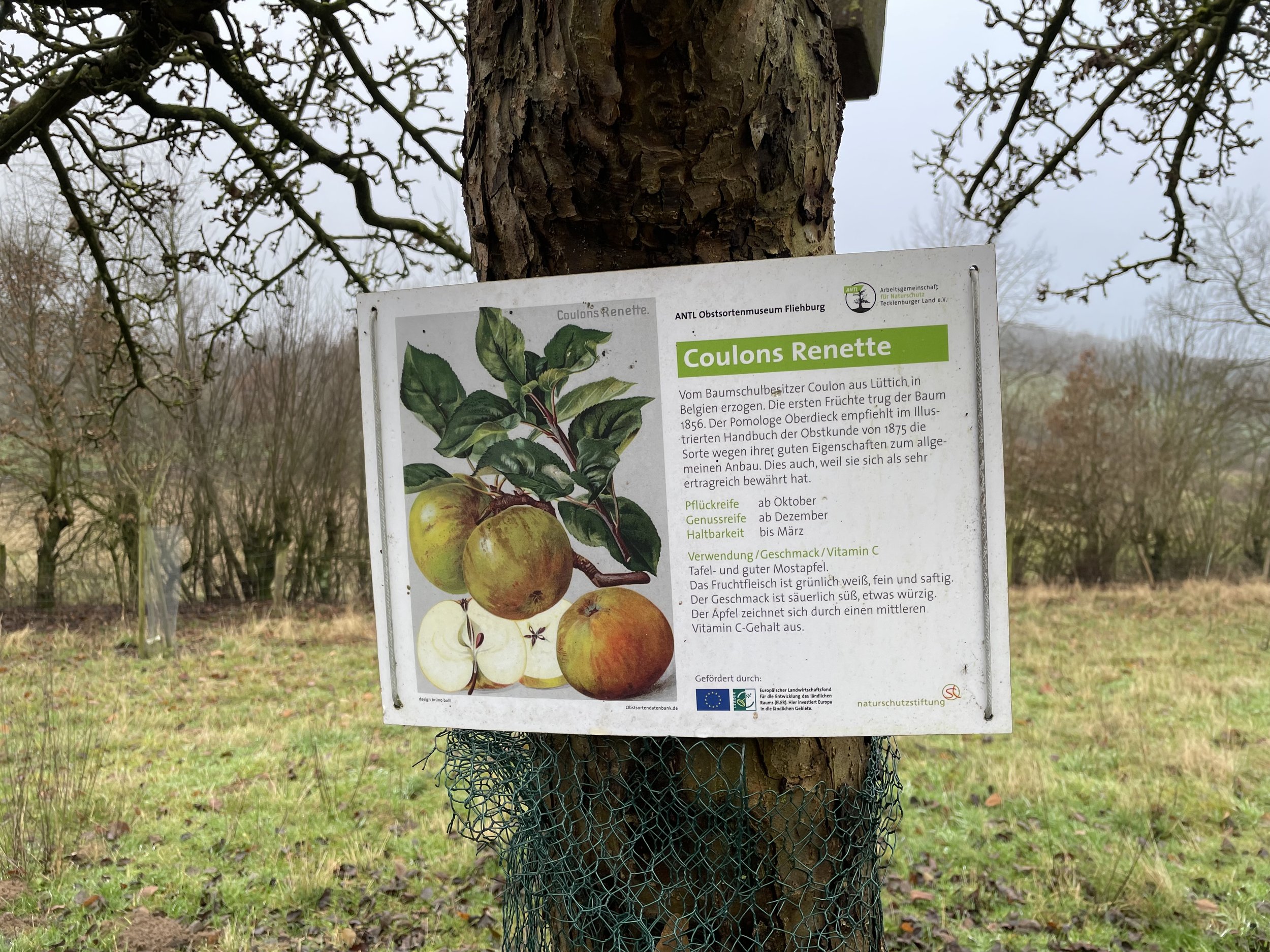

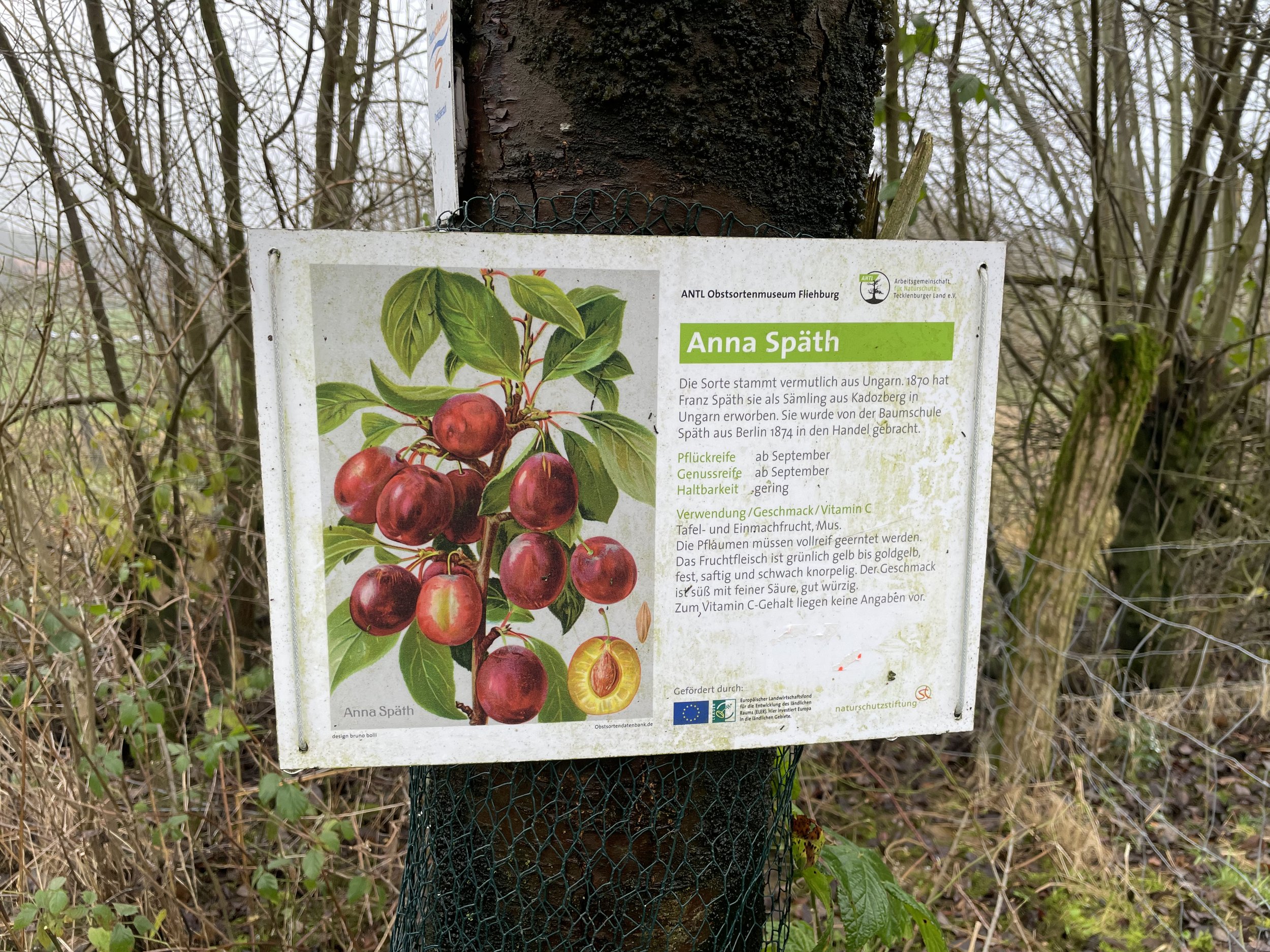
No matter how satisfied I should have been, being able to drive a very comfortable car to a beautiful spot in nature, it is hard to enjoy these moments alone. Every step I take in nature I still have to think about my last girlfriend, even though it has been many, many years since we walked together. I have to force myself to snap out of my gloomy thoughts. The last few years - even pre-pandemic - have been exceptionally lonely. But I kept myself busy so I wouldn’t notice. I took a 26-minute mindfulness meditation, led by Sam Harris on YouTube. Previously I have used his meditation Wake Up-app but I don’t like the subscription model. This is basically Vipassanā meditation. There is a path from Vipassanā to Chan Buddhism, which shares the notion of ‘sudden insight’. Sam Harris’ meditation deals with the problem of consciousness. What is consciousness? Is there a Self? Below a small excerpt from the 26-minute meditation. If felt much better afterwards.
[ eyes closed]
“Everything that you notice is arising in the same space of consciousness.
The sensations of your body, the sounds, feelings of fatigue or restlessness, whatever you sense or perceive is arising in consciousness in this moment.
Simply rest as that condition in which sounds and sensations and emotions arise and change and pass away.
Take a moment to feel the sensations of your face and head. Perhaps it feels like your awareness is behind your face or in your head. But the feelings of your face and your head are in awareness in this moment. They are appearing in the same condition.
They are appearing in the same place where you are thinking. Your thoughts are not in your head, your awareness or conscious is not in your head. As a matter of experience everything is appearing moment by moment in consciousness.
And this includes the feeling of having a head, of being behind your face, looking out at a world that is other than what you are.
In fact what you are calling the world is appearing in the same space.
Take a moment to open your eyes. And notice the apparent change in your experience. Now there is a sphere of light and color that you see. But what has changed?
What you see is appearing in the same space where thoughts and emotions and sensations and sounds are arising in each moment.”

“Your head must be very heavy, if you are carrying a rock like that in your mind.”
With a new SARS‑CoV‑2 mutation on the rise the latest insights are that two vaccines do not give the protection you need against the new omicron mutation. Unfortunately the Dutch government has been criminally late preparing for a third ‘booster’ vaccine campaign. In early December I was likely to be vaccinated somewhere in February 2022, 8 months after my second dose. By that time it is likely omicron has completely overtaken delta. By that time I would have worked at the Spielwarenmesse (International Toy Fair) in Nürnberg meeting hundreds of people from all over the world. I consider the risk of being infected with omicron over this winter close to 100%. That’s an unacceptable risk. Not only for me but also for my father and all other residents in his care home where he is rehabilitating from his pneumonia. I do visit him every weekend.
Even within the European Union vaccination programs have been national. On December 5 I read on Twitter that there is a vaccination center in Aachen, Germany, with a different view point. RapidCare is a private vaccination center and being close to The Netherlands and Belgium they decided nationality does not matter. And why should it? We are all part of the EU, the QR-code is valid in all of the EU countries, no matter which nationality you are. RapidCare was only opened on 4 December 2021, so I read the news pretty fast thanks to Twitter. The vaccination was completely free as in gratis.

I quickly booked an appointment for December 16, the first day of my week off. I consider this week as a personal circuit breaker. When I return to work my booster vaccine is effective and by then we know a little more about omicron, I hope.

The vaccination center in downtown Aachen.



There was a thirty minute lag between the vaccination and being able to retrieve my QR-code at a German pharmacy so I took time to have an early lunch with Reibekuchen (also named Kartoffelpuffer) at the Aachen Christmas market. In Bavaria these are named Reiberdatschi and they are basically very finely grated potatoes, fried and served with apple sauce. They are a Christmas market favourite.

I cannot load my data in the Dutch CoronaCheck app so I am using the German Corona-Warn app. The QR-code is valid in the EU so this is no problem. One would hope there would be a tighter collaboration between the EU countries.
Düsseldorf is half way Aachen and Winterswijk so I took a small detour to downtown Düsseldorf for some shopping in one of the many Korean and Japanese grocery stores. There is also a large collection of Korean restaurants but it was Monday midday so I didn’t eat anywhere. Besides: I don’t enjoy eating solitary in restaurants and I have been eating alone too often now in the previous years. Koreans in Germany remain the second-largest group in Western Europe after the United Kingdom.

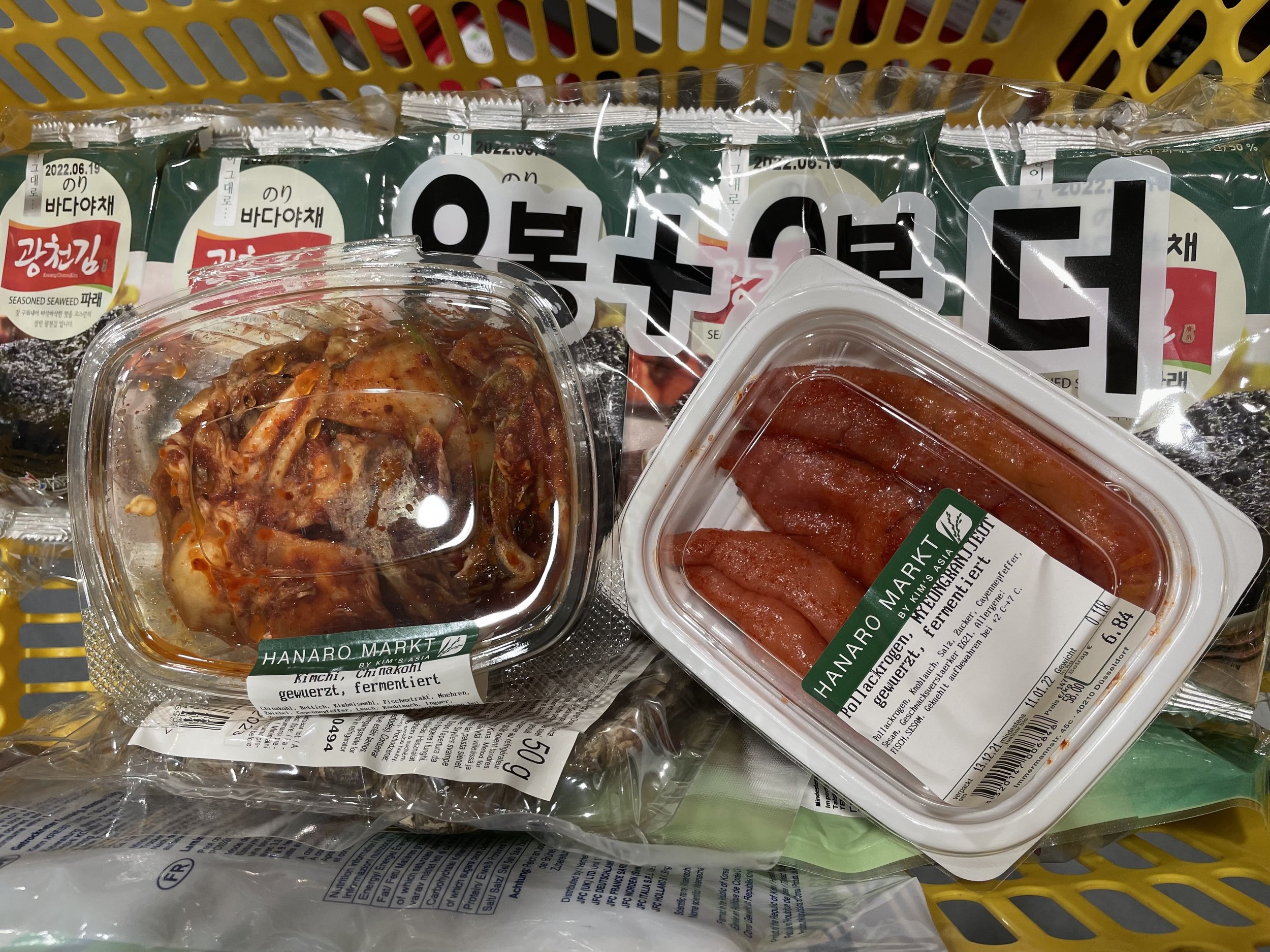
Hanaro market is one of the biggest Korean grocery stores. They have a pretty good selection. Unfortunately the table ware section was limited to the basics. I was happy to find myeongnanjeot 명란젓, fermented pollock roe. This is made by marinating the roe with salt, mirim, garlic, ginger and gochugaru 고추가루 for al least a couple of weeks.

Traditional Onggi (Korean: 옹기) for fermenting food.
Not only the leaves are falling in November. The Chief Officer has left his post for the foreseeable future, which leaves me to rake the leaves. I have no idea how this story will end. There are no navigational stars to guide us. I should learn to find Polaris. My father is an expert in celestial navigation. He could sail the world’s oceans just by using a sextant and his maps.
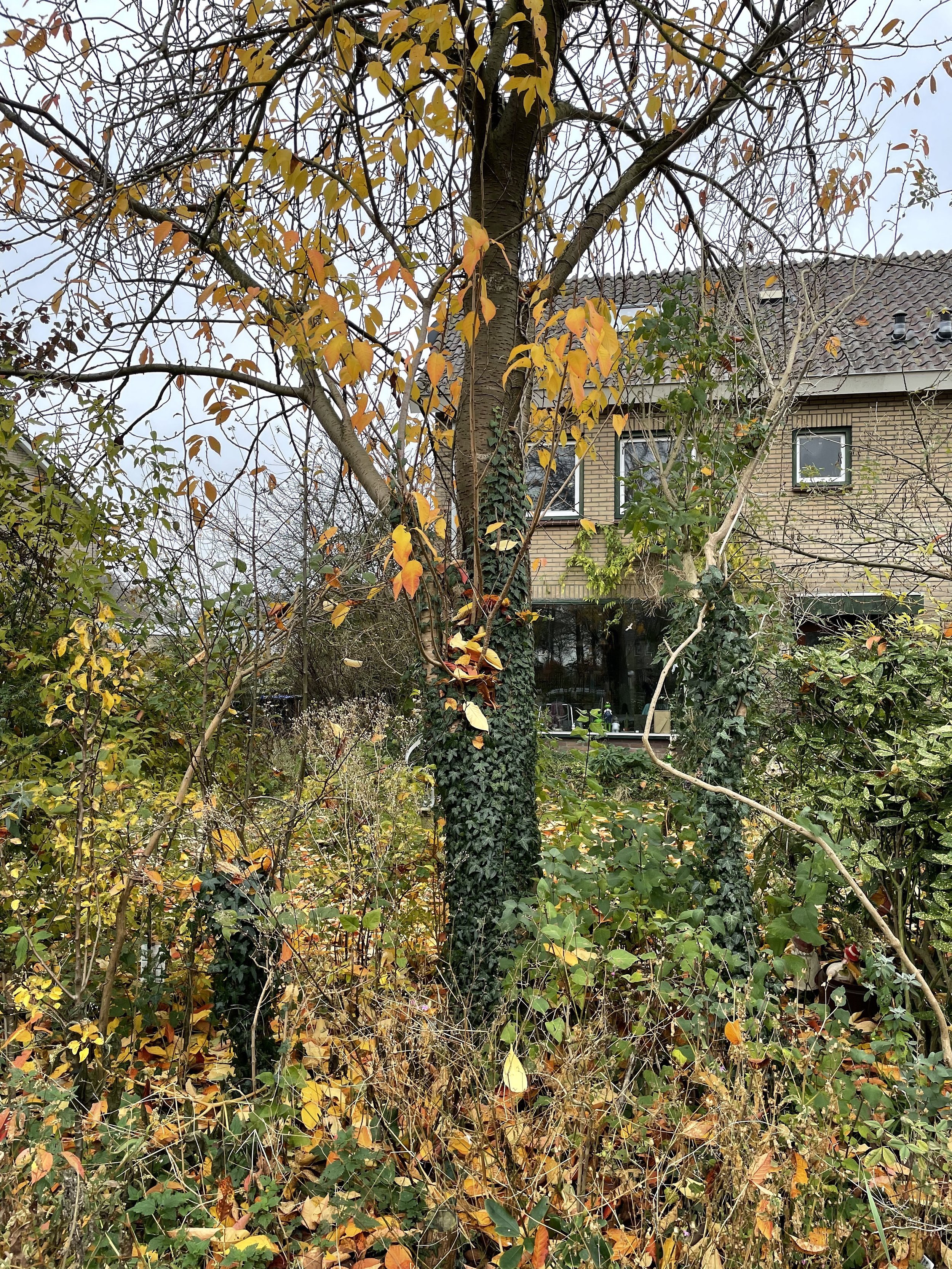

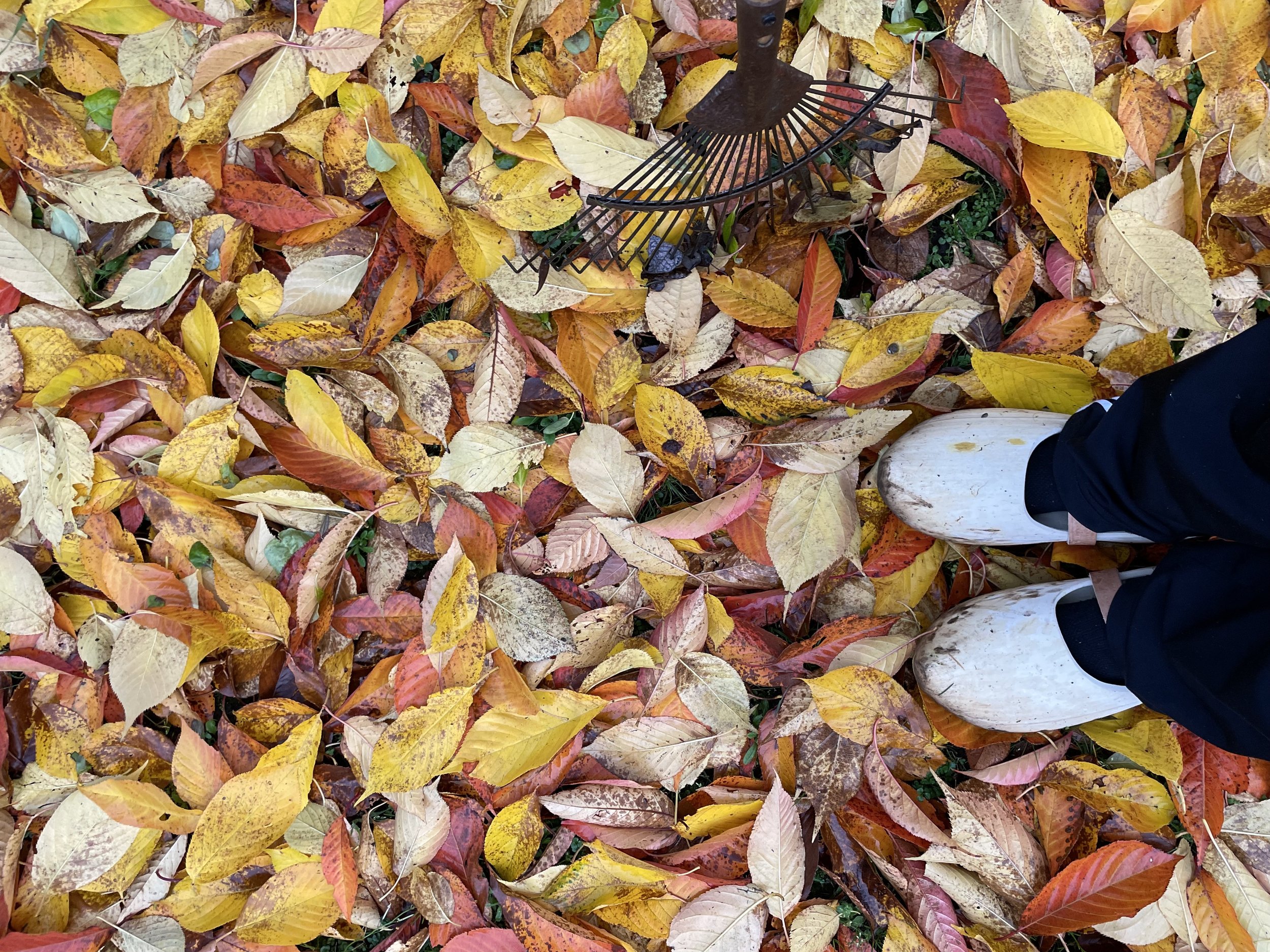

Local wine from Hesselink: a Souvignier Gris. Gerhard Ensing has made the vineyard his life’s work.
Maybe a better term would be ‘Indian summer’, since Virginia creeper (Parthenocissus quinquefolia) and rose mallow (Hibiscus moscheutos) are both native to New Engeland.
Time of day: 09:45 am.


The wisteria in the back garden.

The Dutch are famous for wooden shoes. So I got myself a pair of brand new clogs. These low type of clogs are typical for the Achterhoek and called “Achterhoekse Leertjes Klomp” because of the leather strap. Until 1927 these clogs were made completely by hand, that year a machine was bought to speed up the production.
They are made of poplar wood and handmade by fourth generation craftsman Herman ten Hagen. He adjusted the leather straps to fit my feet. They are incredibly comfortable and well made. I am considering buying a second spare pair because there might not be a fifth generation clog maker. In Japan this man would be an official national treasure.
The craft of making wooden clogs with the help of a machine is official Dutch intangible heritage. https://www.immaterieelerfgoed.nl/nl/machinaalklompenmaken

Herman ten Hagen.
I am amazed how many plants in my father’s garden are originally non-native to Europe. Saturday morning I walked into a purple haze, another perennial started blooming in September. I identified the flower as Nieuw-Nederlandse aster. The English name is “New York aster” and the scientific name Symphyotrichum novi-belgii.
This perennial is native to eastern Canada and the eastern United States. The Dutch and Latin names refer to the 17th century Dutch colony New Netherland which was also called Nova Belgica or Novum Belgium in Latin.
Seeds of this plant must have been transported to The Netherlands by botanists and the Dutch West India Company. In the Flora Batava (published in 1800) the New York aster is already considered native to The Netherlands.
Plants tell an amazing story of global trade and bloody conquests. In 2021 the New York aster is a source of nectar for our local bees and butterflies.
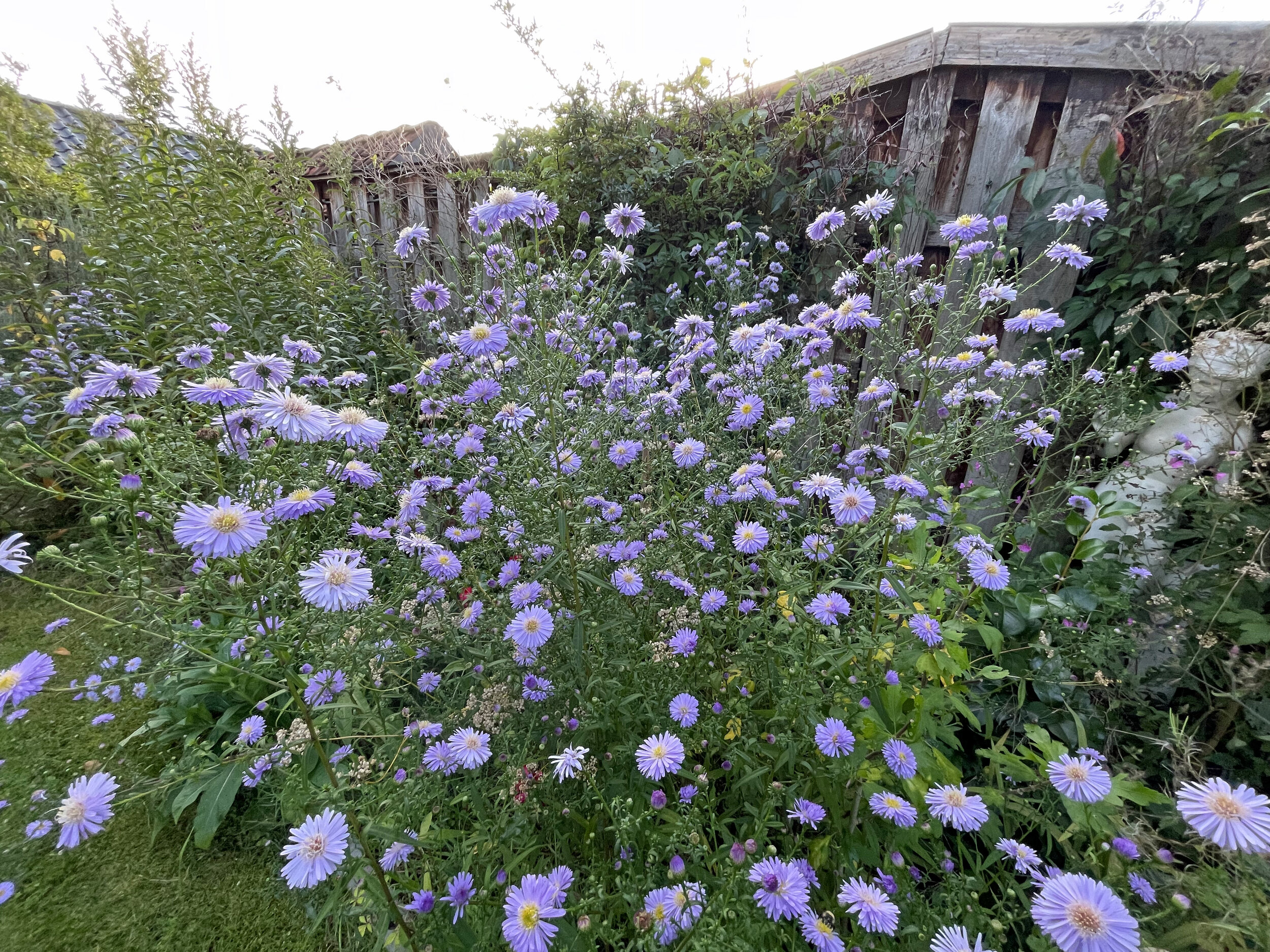

Pieris rapae butterfly or “witje” in Dutch. Native to the Eastern Mediterranean in Europe this butterfly has spread all over the world by accidental introduction.

New Netherland map published by Nicolaes Visscher II (1649–1702).

Flora Batava 1800

I found a small and cheap camping just a few hundred meters from the beach in Porto Maurizio, which is part of the city Imperia. The city was created by Benito Mussolini on 21 October 1923 by combining Porto Maurizio and Oneglia and the surrounding village communes. Porto Maurizio can be reached by the Autostrada dei Fiori (A10) which is elevated high above the coastline.
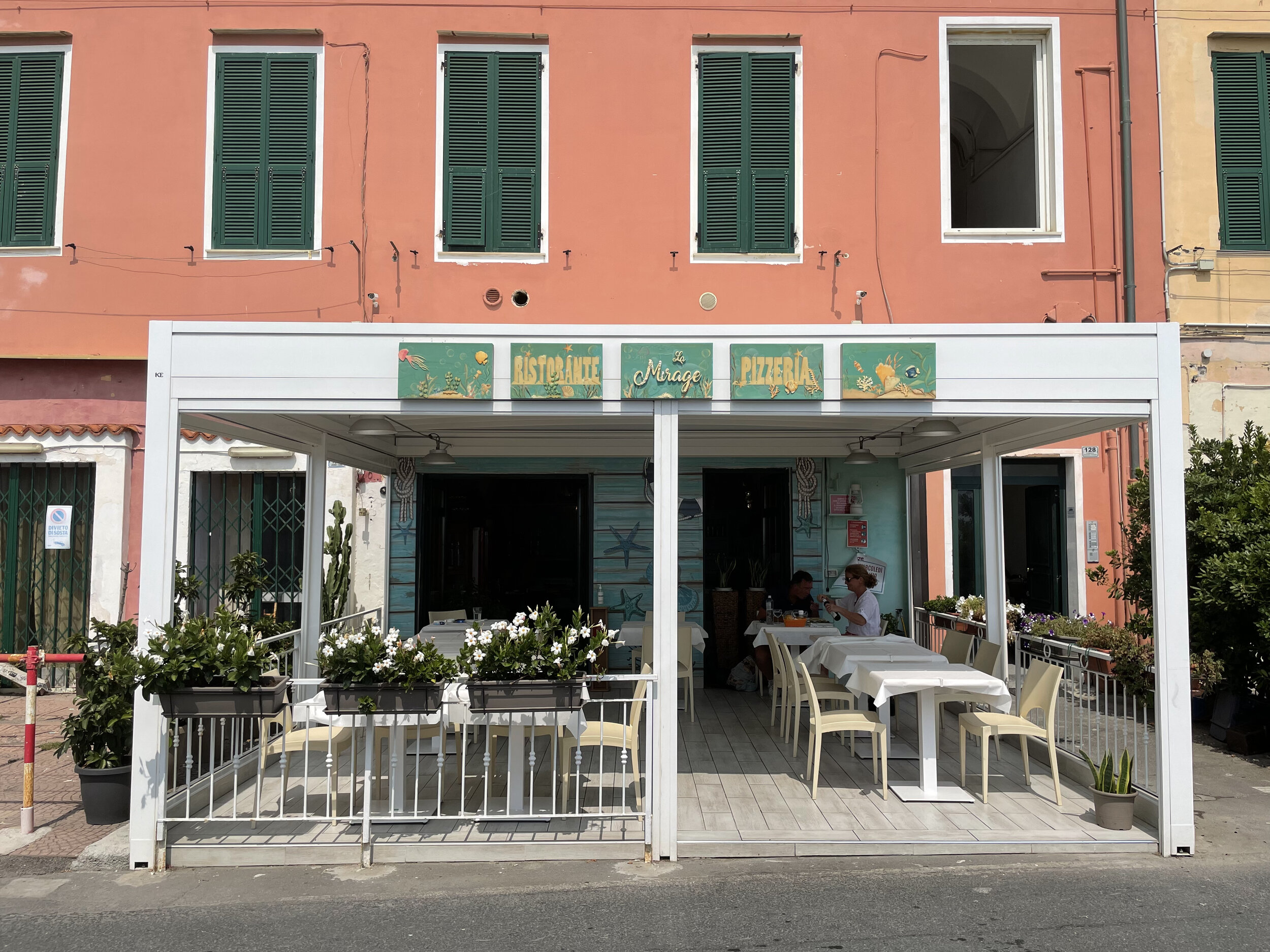
Eating out when alone is always a bit of a challenge. In Sanremo I was flatly refused a table because I was alone. In Porto Maurizio the waiter of the first place I tried looked at me, our eyes met, I looked at quite a few empty tables, then he said everything was reserved. I had doubts. Another place named La Mirage, didn’t seem to mind a solitary guest. It turned out in all its simplicity this was an excellent choice.
I had noticed mussels were on the menu everywhere in Liguria, and I went for the impepata di cozze and a salad consisting of just one big sliced tomato. I had to try the trenette con pesto, fagiolini e patate because I had made this recipe at home a few years ago.

Impepata di cozze. Black peppered mussels.


Trenette con pesto, fagiolini e patate.
“O my soul, do not aspire to immortal life, but exhaust the limits of the possible.”
The first problem in philosophy is suicide, Albert Camus argues in the Myth of Sisyphus. The question whether life is worth living must be answered first. “All the rest— whether or not the world has three dimensions, whether the mind has nine or twelve categories—comes afterwards.”
I've often wondered why Anthony Bourdain answered that important question with ‘no’ one day. Camus: “It is always easy to be logical. It is almost impossible to be logical to the bitter end.”

Bourdain in Monopoli, Apulia. 'Parts Unknown', Southern Italy. Season 10, episode 9 (2017).
The hottest time of day is best spent on the old church square. The trees give some shade and its high elevation provides a cooling breeze. The people really love their plants. Potted plants are everywhere.



Few things are better than taking a swim just before aperitivo. Writing on a September morning in Amsterdam it is hard to reimagine the 30 degrees temperature when looking at the photo’s.



Camping De Wijnstok. Strada Comunale Poggi, 2, 18100 Imperia IM. Despite the Dutch name nobody spoke Dutch and my neighbours were Italian. For 13 euro a night quite cheap considering the close proximity to the beach.
On the last morning I walked to the beach for a final swim in the Ligurian Sea just after sunrise. I didn’t want to go home. Posso stare in paradiso?


Arriving in Liguria from France everything seemed much lighter. The Ligurian Sea was quite calm. Possibly due to the coronavirus it seemed not too busy with tourists despite the month of August. I had planned to hike the Ligurian Alps but that plan was cancelled quickly, both for a practical reason - there was no suitable camping near the mountains - but the moment I saw the sea, I felt no need to do anything apart from just being.

Beach in Sanremo.

Brioche and cappuccino


Spaghetti alle vongole. Originallly this dish is made with vongole veraci (Venerupis decussata) which is found in the North Sea and Mediterranean Sea.



Claude Monet. Les Villas à Bordighera, En 1884. Musée d'Orsay
I spent my first nights away from the sea by driving to Pigna along the SP64. There are two villages you will pass: Isolabona and Dolceacqua. The last village is famous because of the nature of the architecture and a visit by Claude Monet in 1884.

Isolabona

Isolabona


Le Château de Dolceacqua, 1884 (oil on canvas) by Claude Monet (1840-1926). Musée Marmottan Monet, Paris, France.

Claude Monet Vallée de Sasso, effet de soleil, 1884.
The only thrill in the Principality of Monaco was driving my car from La Provençale (A8) down to a parking garage in the city centre at sea level, roughly 300 meters below the A8. It’s an engaging city plan. The 1.734 meter long tunnel Albert II is looping a whopping 360 degrees, which leaves you quite disorientated on exit.
Other than that there is not much to see in Monaco. The famous Hercule harbour is rather boring unless you’re really into expensive yachts. The Monte Carlo Casino is stuff of legends and the building is certainly beautiful. But unless you plan a heist I don’t see a reason to visit a casino. The casino features in two James Bond movies and the 1979 The Castle of Cagliostro co-written and directed by Hayao Miyazaki.
When the towns Menton and Roquebrune declared independence from Monaco in 1848 they refused to pay taxes on olive oil and fruit imposed by the Grimaldis. Princess consort of Monaco Caroline proposed opening a gambling casino to save the House of Grimaldi from bankruptcy.

The first Grand Prix automobile de Monaco in 1929.

Worst of all, it is forbidden in Monaco to walk barefoot by law of 4/VII/1940. What kind of place does that?



Port Hercules. The port is quite ancient going back at least to 6th-century BC when Phocaean Greeks founded the colony of Mònoikos.
The main tourist attraction is the Rock of Monaco, the 62 meter monolith which has been the prize possession of each culture inhabiting the area including the House of Grimaldi.

The rock in 1890.
It took me two days to reach the French department Alpes-Maritimes via Nancy and Lyon (Autoroute du soleil: A7). Driving onward on the La Provençale A8, the area between Cannes and Nice was much more urban than I anticipated. Campings were wedged in between urban areas, only accessible through narrow mountain roads and more importantly: full. After almost two hours of searching (at one point I had been driving for more than 13 hours), and a waning sun, I found a camping and a spot for late arrivals. The earth was so hard I couldn't hammer my rock pegs in the ground so I slept under the stars next to my car.
When I left The Netherlands my head was still full with work and the weekly care for my father. I hadn’t made space for myself to plan ahead.


The next morning I walked to the Mediterranean Sea and made the decision to head for a camping I had been to many years ago in the Parc national du Mercantour. Lately I’ve been making a point never to visit the same place twice, but I was tired of driving and I knew the camping in Saint-Martin-Vésubie was situated in a beautiful fruit orchard.
I probably had a romantic idea of the Côte d'Azur. The very least I expected to find more space. Currently there are almost a million people living in the Nice metropolitan area. It’s a busy place with bustling traffic, which gives you no time to pause.

Le Gendarme de Saint-Tropez (1964)
The camping was everything I remembered it to be. The last time it was springtime, with some patches of snow just above the tree line at 2300 meters. This time the sunlight was harsh. The camping is situated just outside the 12th century village. It’s no more than a 10 minute walk to the village square.

Camping A La Ferme St. Joseph, Rte de Nice, 06450 Saint-Martin-Vésubie

Tripes à la Niçoise
Saint-Martin-Vésubie has some really nice butchers and artisanal food shops. I’m probably the only Dutchman who likes tripe. I found the following recipe which corresponds with the ingredients on the jar I bought: Heat olive oil in a pot over medium heat and add cow’s tripe (first blanche the tripe in water with vinegar for 20 seconds). Cook for about 2 minutes, stirring frequently. Stir in white wine, tomatoes, carrot, garlic, onions, thyme, bayleaf, and salt and pepper to taste. Simmer for 8 hours.


View of the camping from the road.

On October 2 in 2020 storm Alex hit the region above Nice. Within 24 hours 571 millimeters rain fell causing a gigantic flood, which swept away a large part of the river Vésubie and its surroundings. Almost a year later most of the rouble wasn’t cleared up and many houses were still inhabitable. The ancient part of the village was spared because it was built on an elevation.


There is one view point from the camping, which hides the destruction of the storm.

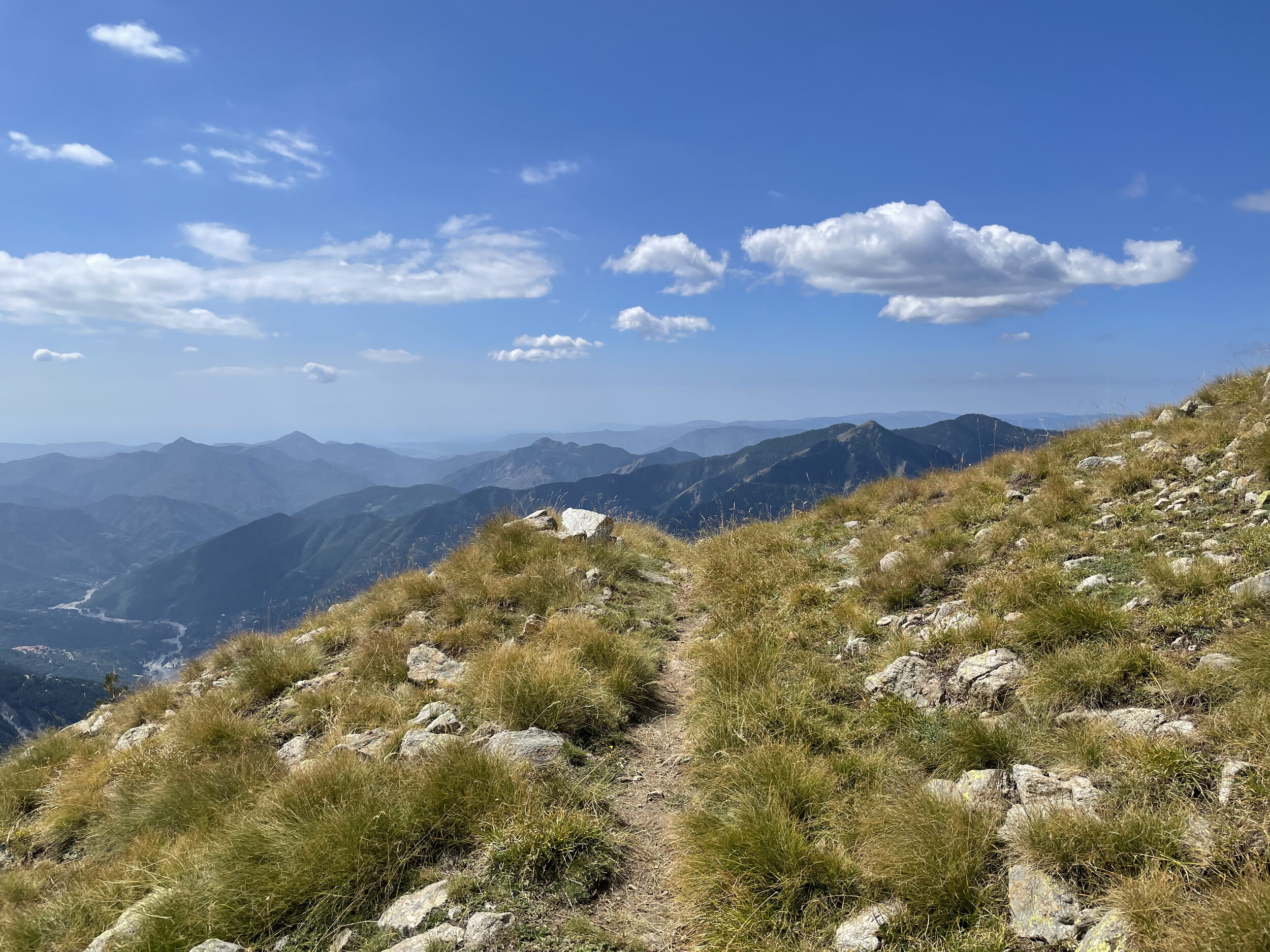




Perfect ripe and much tastier than you get in Amsterdam: pêche plat et prune jaune.
Autoroute du Soleil - Antibes - Saint-Martin-Vésubie (Alpes-Maritimes) - Monaco - Imperia (Liguaria) - Piemonte - Switzerland - Deutsche Weinstraße
A few days before I was bound to leave for Austria the weather prediction was not good: a fair chance of rain and the temperatures dropped from 30 degrees Celsius to just 20 in Salzburg. I quickly changed gears and took the Autoroute du Soleil to the Côte d'Azur or whatever.
First stop: Alpes-Maritimes

With these words European Commission President Jean-Claude Juncker welcomed Hungary's Viktor Orbán at a summit in Riga, Latvia in 2015. International flights are still not an option so I have to plan my holiday in the European Union for a second year in a row. My default plan was to go hiking in the Alps but suddenly this felt like a lonely version of Groundhog Day. Life has been too boring lately and I don’t want to repeat myself.
It’s been some time since I visited one of the Central and Eastern European countries, so the idea of Hungary came to my mind. Politically this destination is much more interesting than the Alps. In 2018 the European Parliament passed a motion declaring that Hungary is at risk of breaching the EU’s core values, resulting in a successful vote for an Article 7 procedure against Hungary. But so far Hungary has evaded sanctions. I strongly support the European Union’s fundamental values.
Maybe change will come. In 2022 there will be a Hungarian parliamentary election with the opposition parties running together as a front against Viktor Orbán’s Fidesz. In August 2021 the opposition parties will hold a primary election to select the candidate for Prime Minister. This primary could coincide with my stay.
Nonetheless, Hungary has provincial cities I’ve never visited before, plenty of hills to hike, a wine producing region, stuffed cabbage (töltött káposzta) and I’m sure in August the Hungarian beer (sör) will be cold as ice.

Eastern Partnership summit, Riga, 21-22 May 2015. “Hello dictator!”
I have planned my holiday in August and I’m not even sure if I will be welcome in Hungary by the end of summer. The European Centre for Disease Prevention and Control (EDCD) has already coloured Noord-Holland orange on its map in support of the Council Recommendation on a coordinated approach to travel measures in the EU because of a combined indicator: the 14-day notification rate, testing rate and test positivity are showing high numbers.
At the current rate of infections it’s likely that on 14 July some provinces will turn red on the map (the next update will be based on data until 13 July). After that The Netherlands will turn dark red if no measures are enforced. The map is meant as a travel advice for the European countries but it quite possible some safe green countries will close the borders again.
How did we get here (again)? Just when the SARS-CoV-2 Delta variant infection rate was growing in The Netherlands, the demissionary cabinet announced that most restrictions are cancelled from 26 June. This resulted in a very high growth rate of delta very, very quickly. This was no surprise to me after following the data from India since April. The Westminster Tory government didn’t block flights from India in May and via holiday destinations in Portugal and Spain the delta variant established itself in The Netherlands in June before the restrictions were lifted.
This is all so predictable I’m not even angry. I might have to cancel my holiday plans again, or maybe my QR-code showing the validity of my two vaccinations will stay valid for travel within the EU over the summer. All I can say is “kismet”. [ Edit: a few days later I have to admit I’m livid at the government. 🤬 ]

Beautiful as long as it lasted. ECDC level ‘green’. All 3 days. @YorickB

My summer holiday is like the fruit for Tantalus.


“Sometimes you think that you want to disappear. But all you really want is to be found.”

Les Maisons dans la neige, Norvège. 1895. Claude Monet.

Sweet and sour pickled vegetables from Bogor, West-Java.
Julienne carrot and half-ripe papaya.
Slice cucumber.
Dice ketela rambat merah (sweet potato) and bengkwang in small cubes.
Cut white cabbage in strips.
Make a spice paste out of 100 gram ebi (dried shrimp), 0.5 liter water, 5 red lombok, 100 gram sugar. Before making the paste soak the ebi in the water. Reserve the water.
Grind the soaked ebi, lombok and sugar to a paste and mix with the water and 100 milliliter vinegar. Add some salt.
Mix everything with the vegetables and let it pickle for al least one night. Before serving fry some peanuts and sprinkle over the asinan.





The grass in the front yard was getting really high. I postponed mowing the grass as long a I could for biodiversity and the insects. So many tiny flowers!
It’s time for a scientific approach. I will have to map all major plants to even know what’s growing in the garden. Plant names according to Linnaean taxonomy or in Dutch.

Front yard:
Rose garden
Salix caprea Boswilg. Native.
Prunus serrulata Japanse sierkers. China, Korea, Japan. Flowers in May.
Rhododendron (3x) China, Korea, Japan. Flowers in May.
Malus domestica Apple. Central Asia.
Cytisus scoparius Brem. Native. Flowers in May.
Chelidonium majus Stinkende gouwe. Native. Flowers from May.
Pieris japonica Rotsheide. East Asia, Japan.
Laburnum anagyroides Goudenregen. Middle and South Europe.
Wisteria Blauweregen. United States, China, Korea, Japan.
Berberis aquifolium Mahonie. North America.
Heptacodium miconioides 七子花. Seven son flower. China.
Impatiens parviflora Klein springzaad. I consider this weed.
Side yard:
Prunus padus Gewone vogelkers. Native.
Syringa vulgaris Sering. Southeastern Europe.
Euonymus europaeus Wilde kardinaalsmuts. Native.
Parthenocissus quinquefolia Vijfbladige wingerd. Eastern USA.
Thuja occidentalis Westerse levensboom. East Canada, Northeastern USA.
Buddleja davidii Vlinderstruik. China.
Berberis julianae
Camellia japonica Eastern and southern Asia.
Forsythia Forsythia. Balkan - China.
Back yard:
Herb garden: Thymus vulgaris
Geranium macrorrhizum (groundcover) Rotsooievaarsbek. Native to the South east Alps and the Balkans.
Chaenomeles japonica Japanse sierkwee.
Sambucus nigra Gewone vlier.
Amelanchier canadensis Canadees krentenboompje. Native to eastern North America.
Viburnum opulus Gelderse roos.
Lonicera Kamperfoelie.
Ribes rubrum Aalbes. Redcurrant.
Pyrus "Nous vous offrons ce que nous avons de meilleur: nos vins, nos poires et nos cœurs".
Juglans regia Probably a stray walnut. I will have to remove this because we can’t have another tree.
Geranium robertianum Robertskruid
Annual plants:

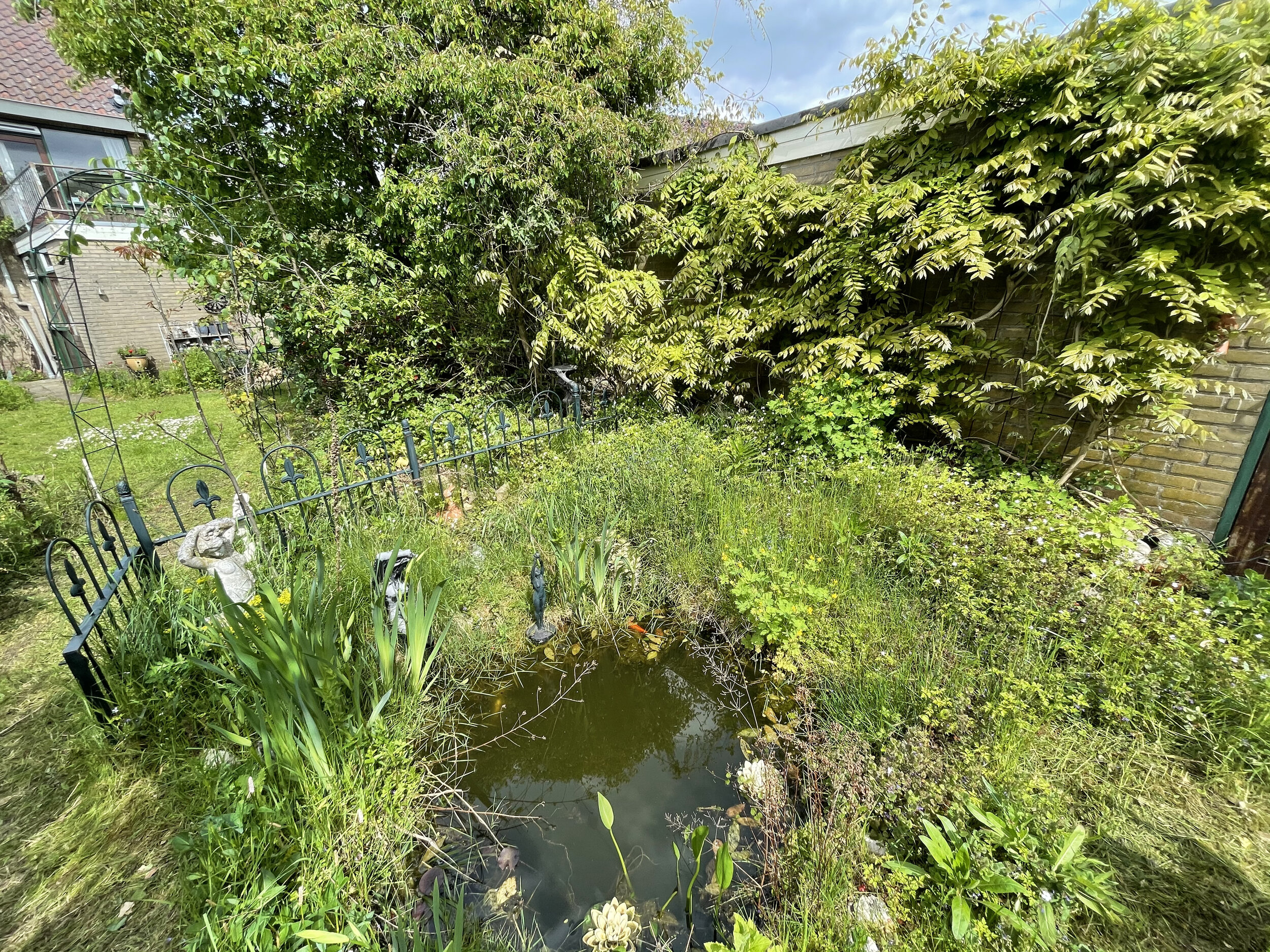
∞ Mystic Garden ∞

A garden should be a living garden. “Spargelzeit”, was a tradition each springtime when the asparagus are in season. Fresh from the farmer in Germany, just across the border. You don’t need much. Just the asparagus, clarified butter, new potatoes, ham and hard boiled egg.

In June the garden resembles the poppy fields of Afghanistan.

Early springtime has become a distant memory.
“Il faut cultiver notre jardin”
Elken vri’jdag trek ik strepen,
strepen langs ‘t haegenpad.
Strepen naor de wiete wereld,
Strepen naor-ik-wet-neet-wat.
Vandage trok ik ok waer strepen,
kromme strepen deur de kop,
umdat i’j noo veur eeuwig slaopet.
Ne strepe deur de raekenschop.
11 April 2008
Writer and poet Henk Krosenbrink. On 16 March 2008 his wife Riek passed away. The above poem is written in the regional language.
I didn’t quite inherit a garden yet, but 2021 is the year I have to tend to my father’s garden. It’s the garden I have known since 1972 when my parents built a house on a piece of land. Half a century of love went into this garden. Much has changed over the years. A couple of years ago we cut down many large conifers, which were planted in the early 1970s and were over ten meters high.
It is springtime and most work goes into keeping weed under control. I removed many wheelbarrows of weed until I discovered the weed is in fact ‘winterpostelein’ (Claytonia perfoliata). It’s fully edible!
I had to use an app to determine the plant.
I was amazed to discover this plant on my mothers grave. What are the odds?
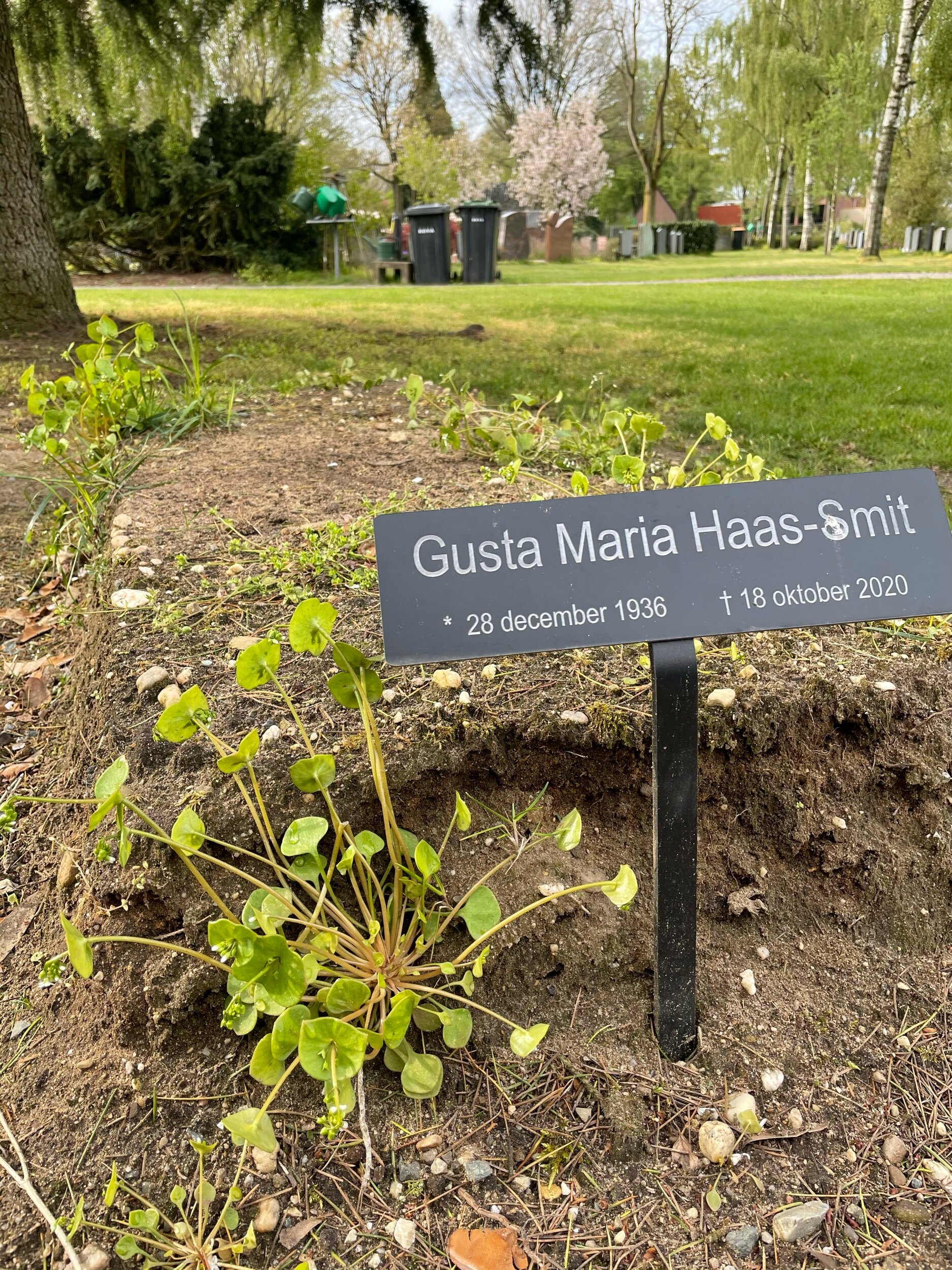
You can simply eat it as salad and serve it with young potatoes, crème fraîche mixed with fresh herbs and fried mushrooms. Winterpostelein can also be used in a Dutch ‘stampot’ with mashed potatoes.

There are many plants I know and many plants I still have to learn the exact name of. The beautiful prunus in the front garden turns out to be a Japanese cherry.
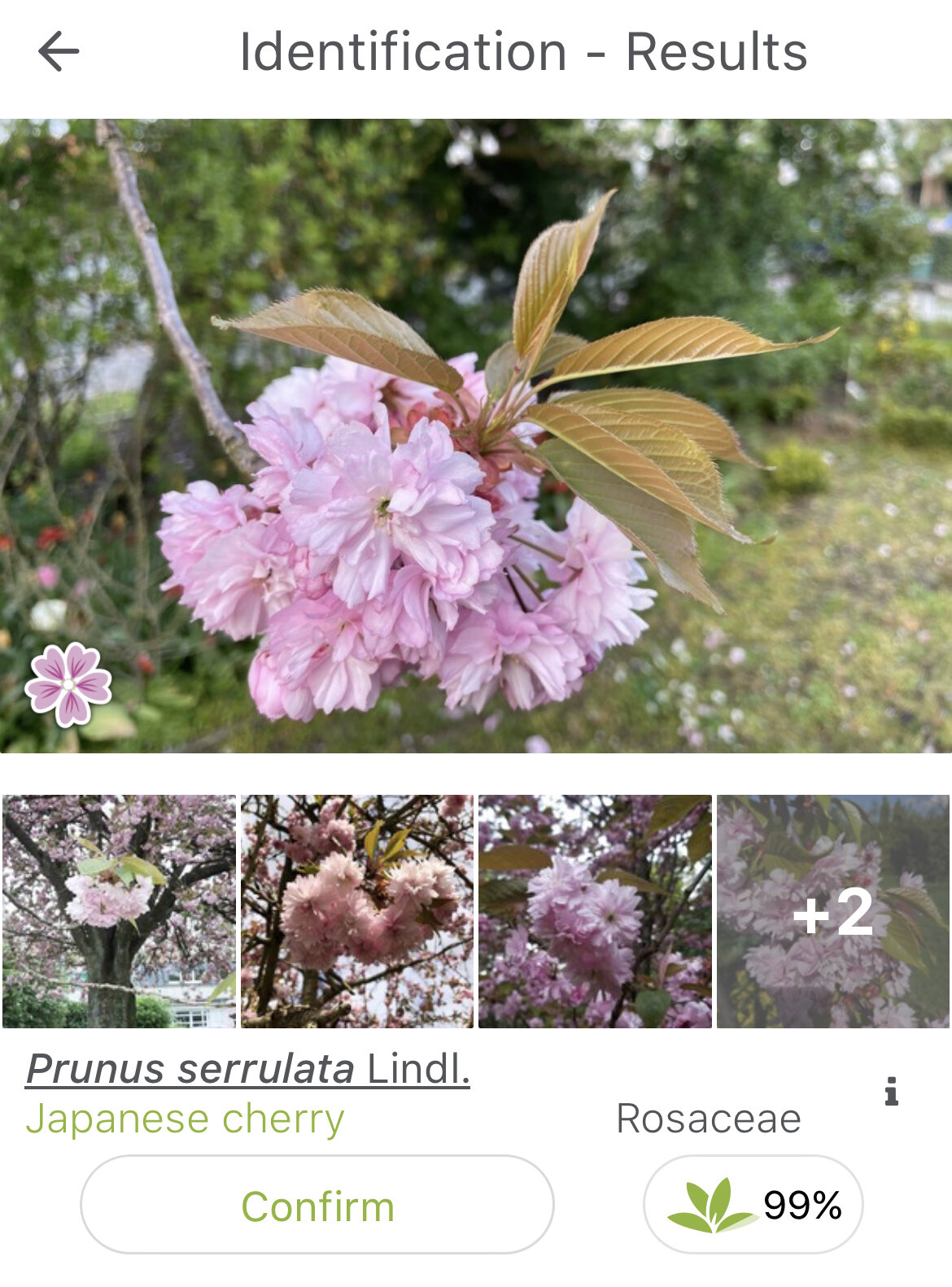
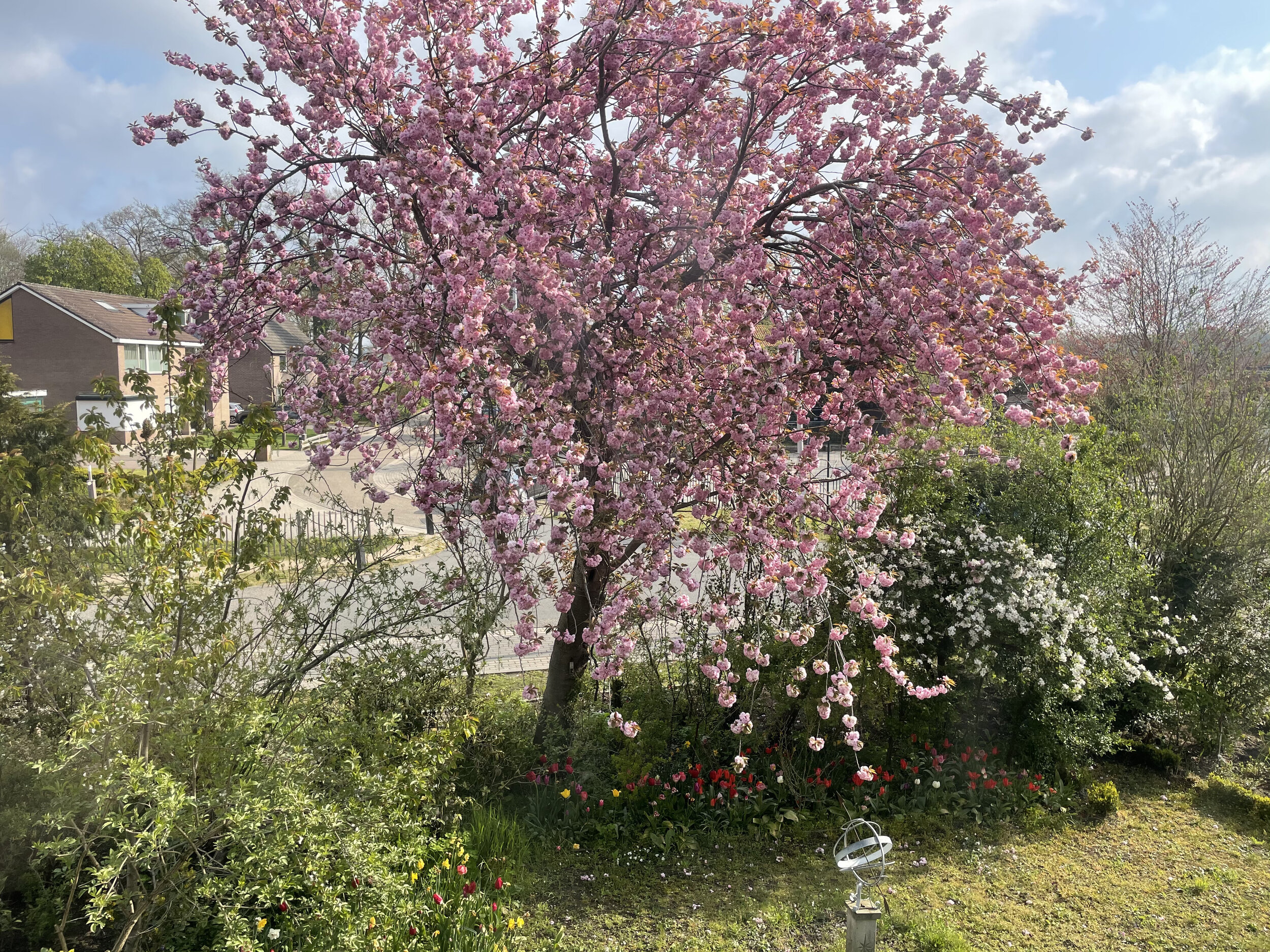
In the autumn of 2018 we cut down the last conifers in the front garden. In the years before a whole row of conifers was cut down along the driveway and about ten years before a mini-forest of pine trees was cut down in a piece of garden near the house. Pine trees are not suitable for a rather small garden.


I am a huge fan of DeWit garden tools from Kornhorn in Groningen. A fifth generation tool factory, making hand forged tools, which are nearly indestructible. Below is their take on the Japanese hori-hori knife. It is perfect for digging out weed. The serrated edge cuts through roots easily.


De Wit 14 cm push and pull hoes with 1400 mm ash handles. I also like the smaller hoe with a 400 mm handle.


De Wit Bad Ass trowel.


